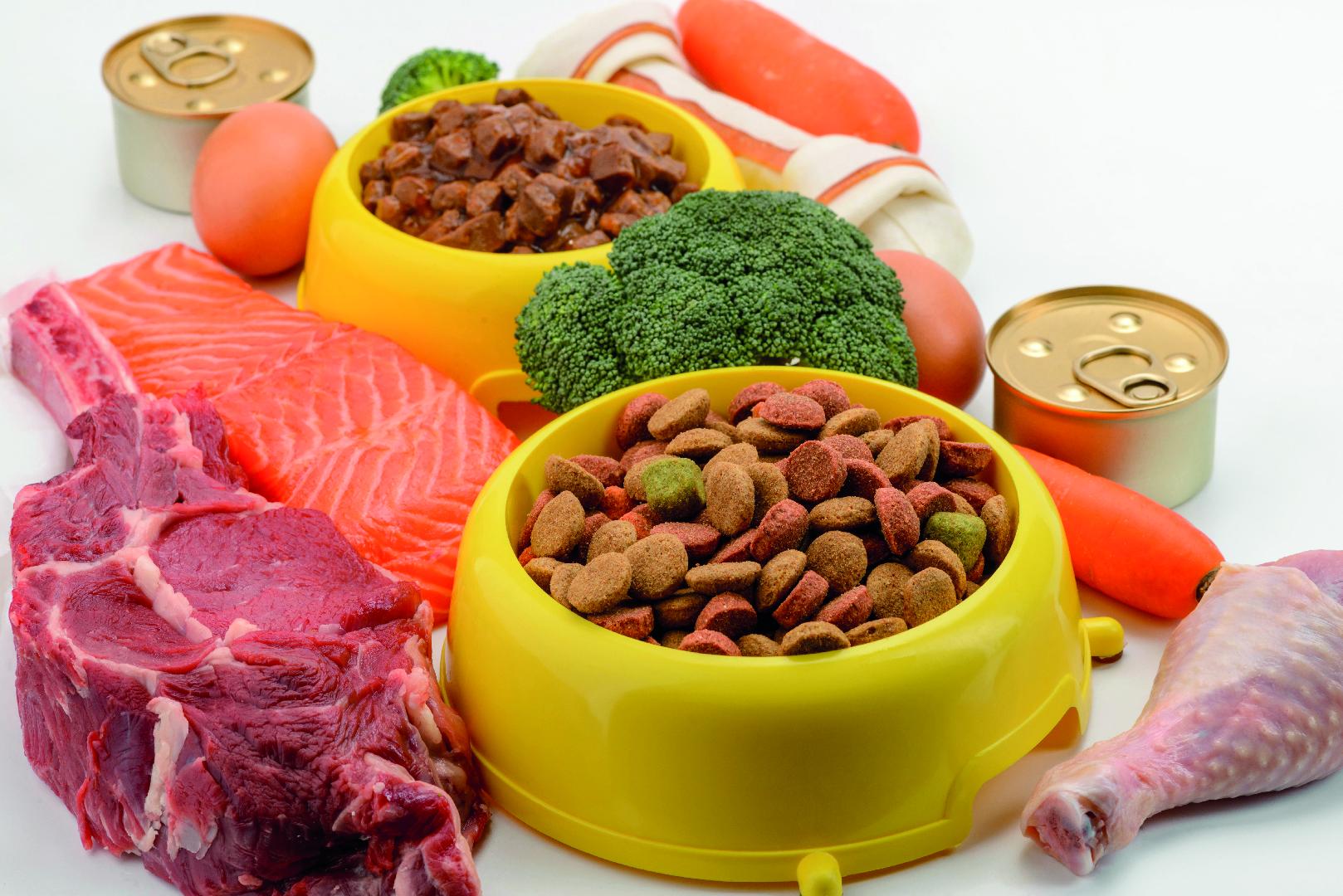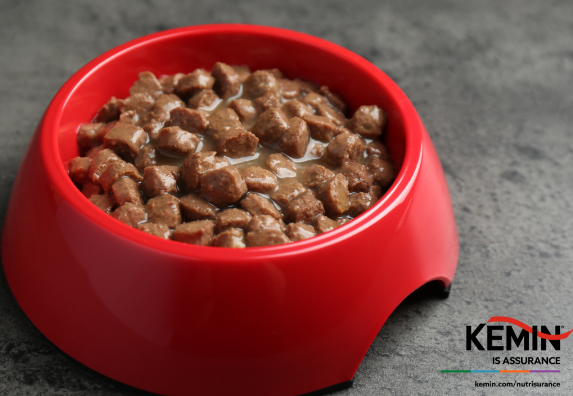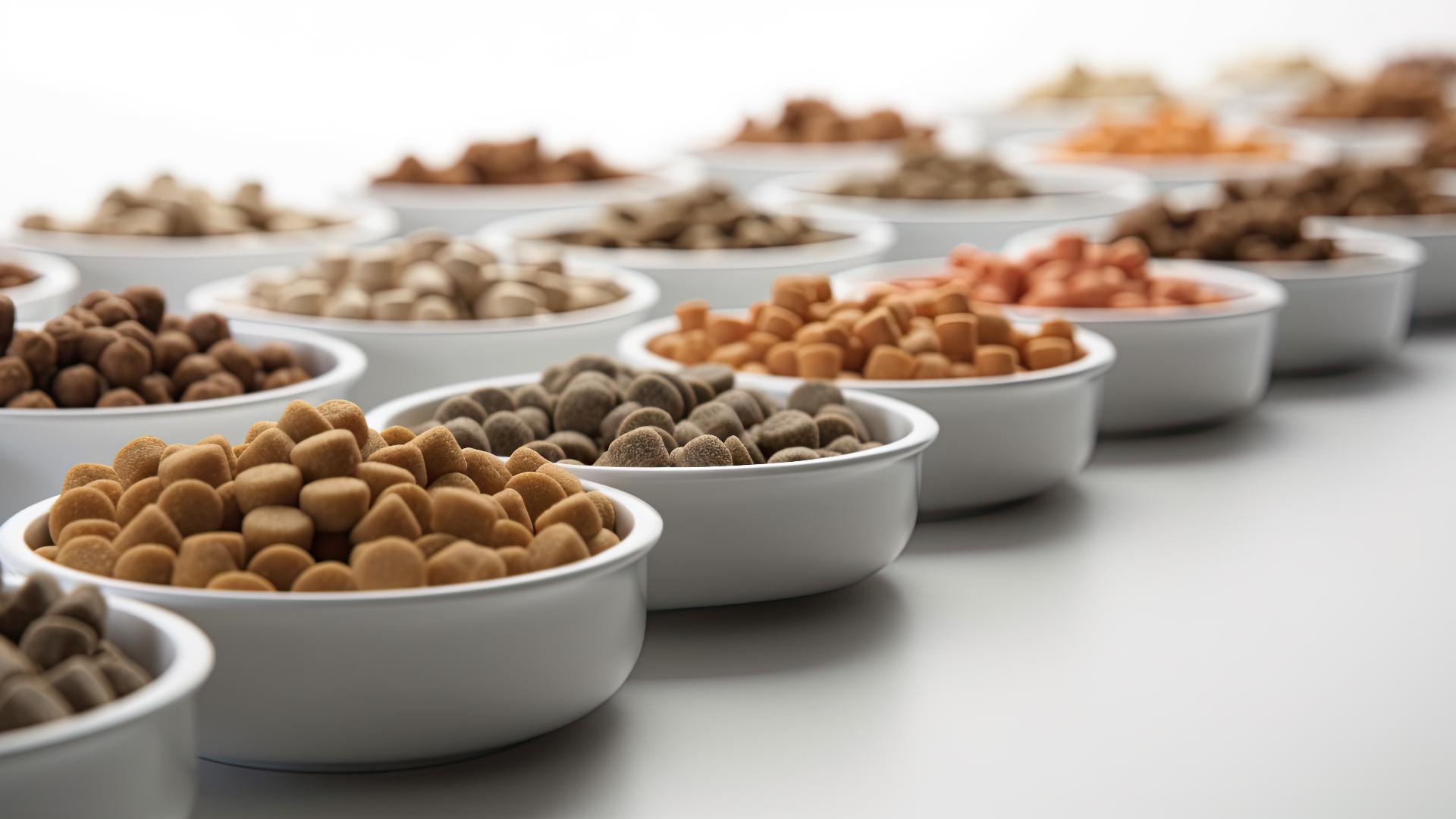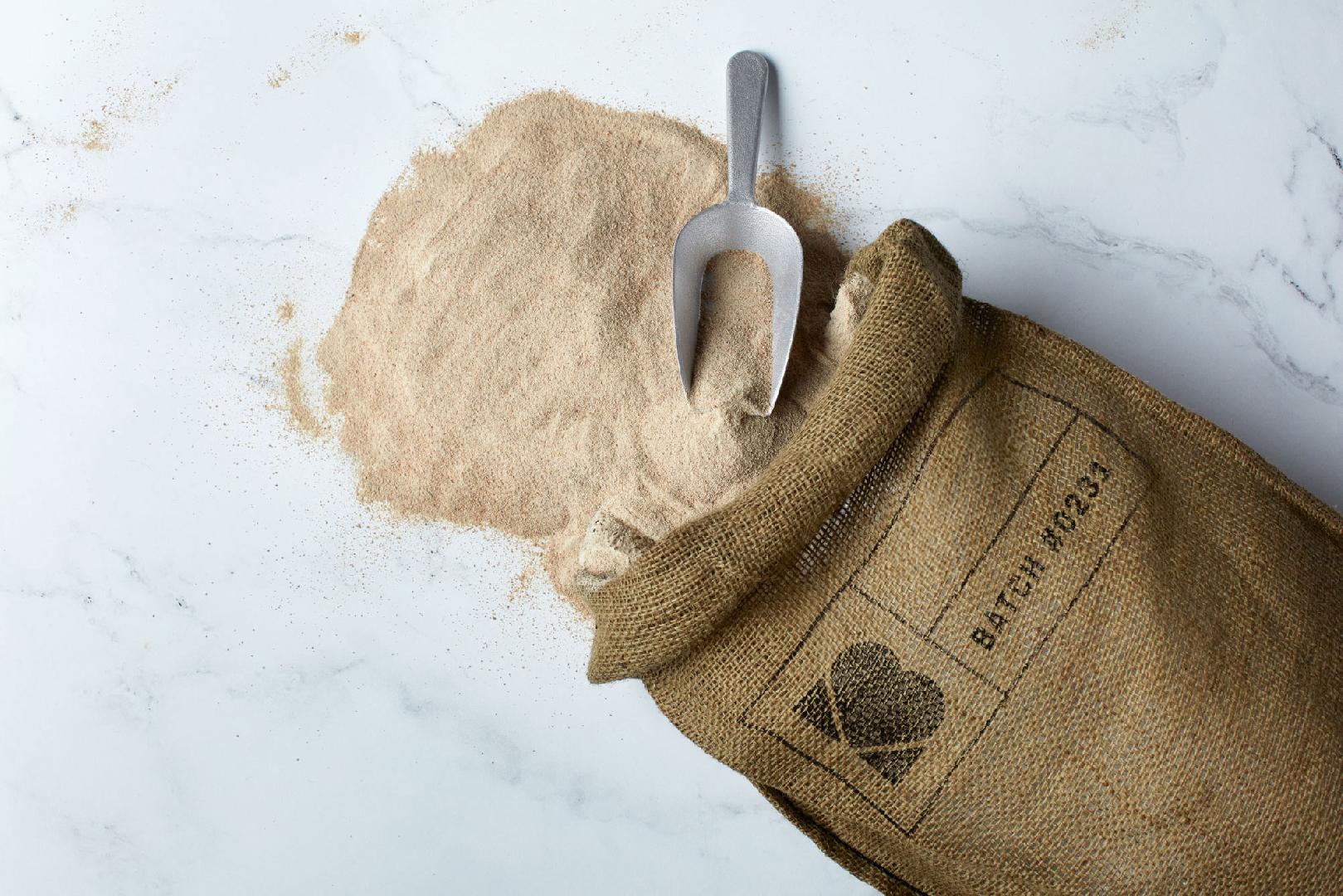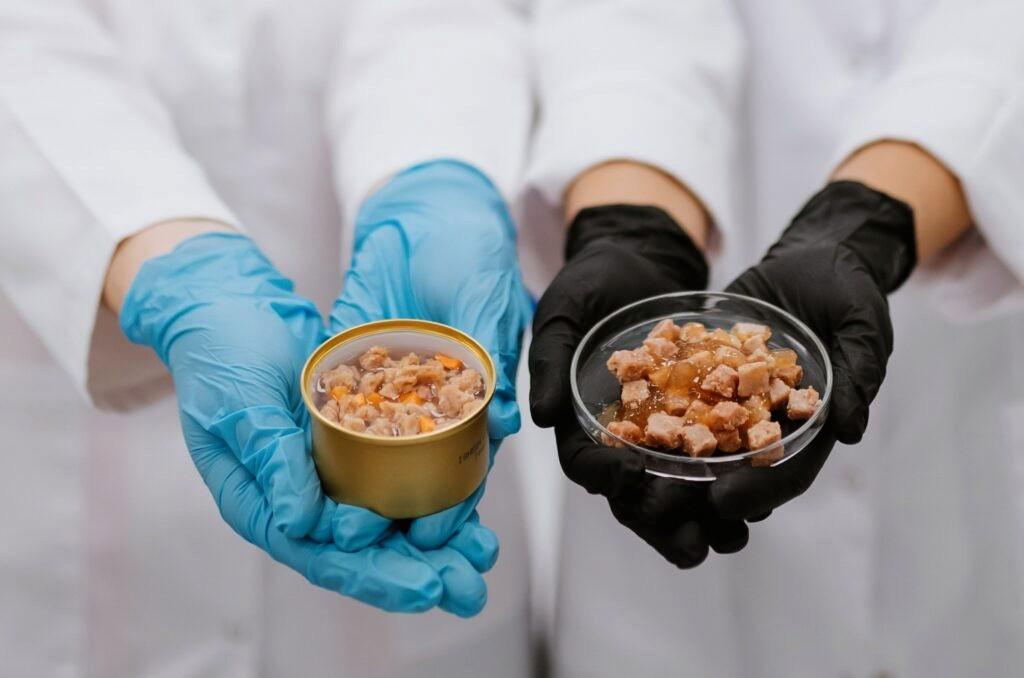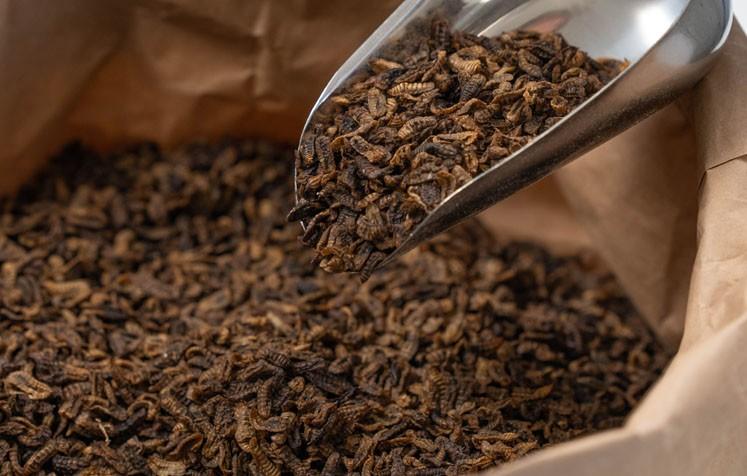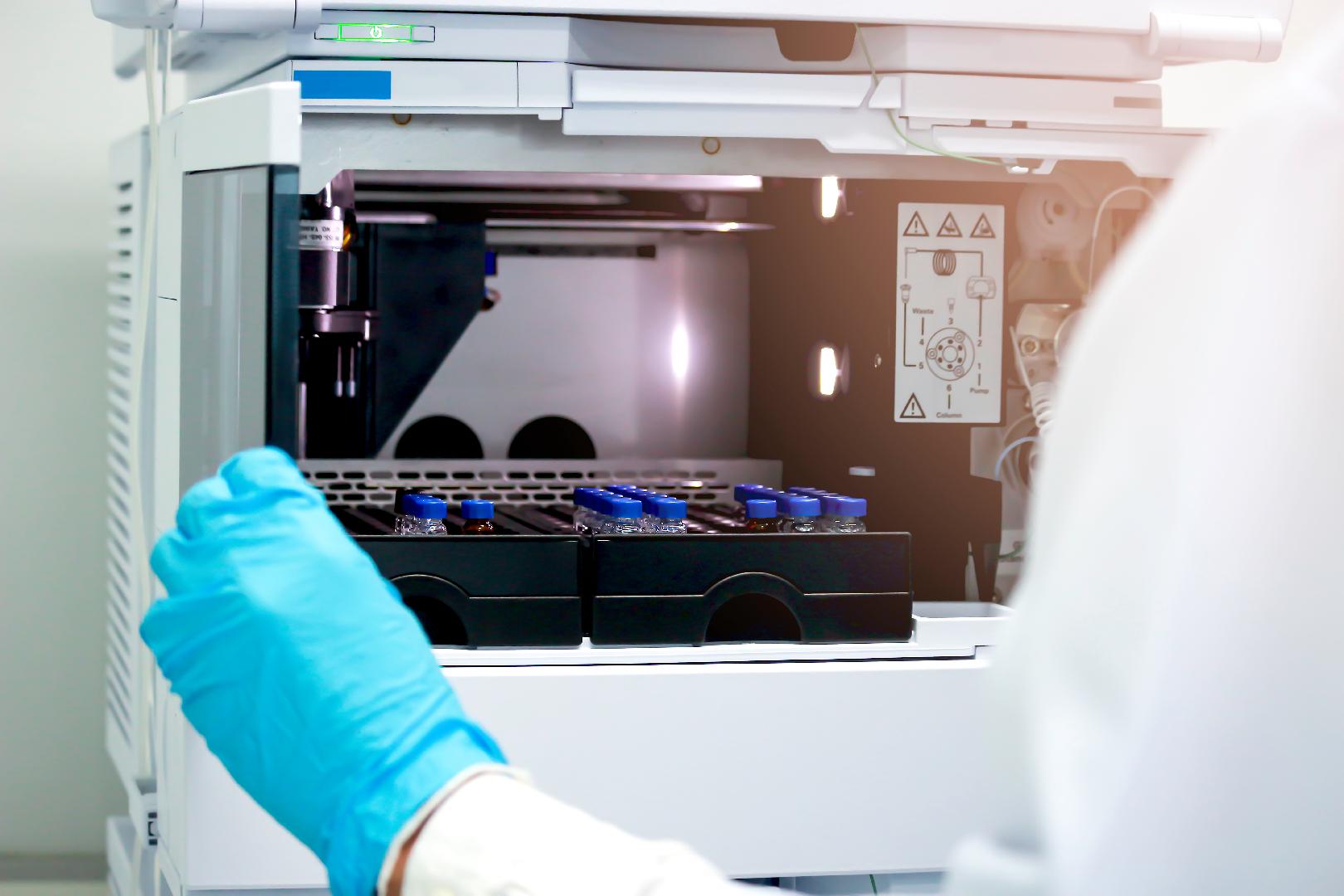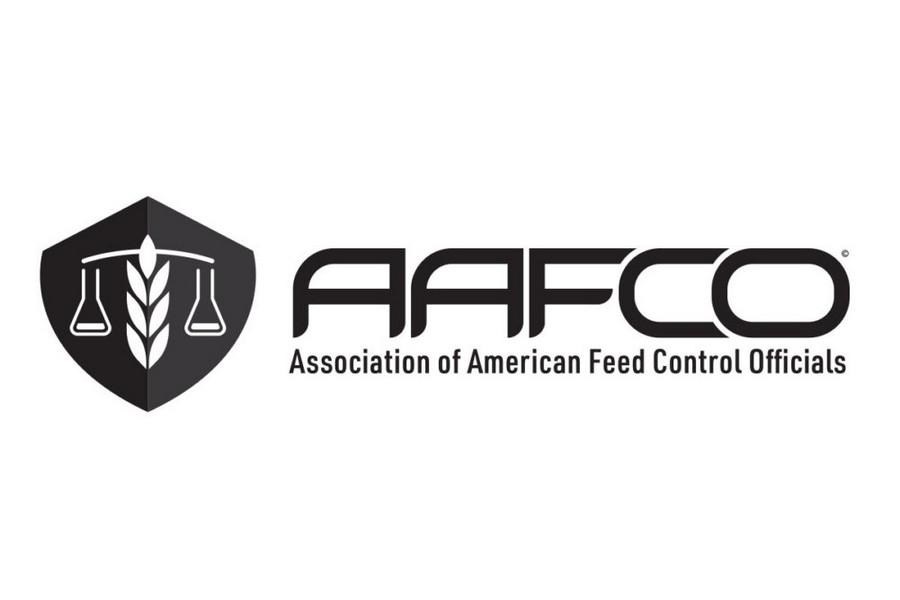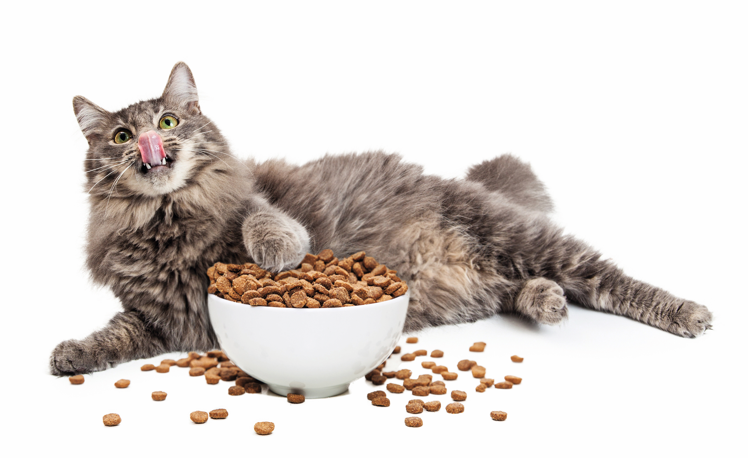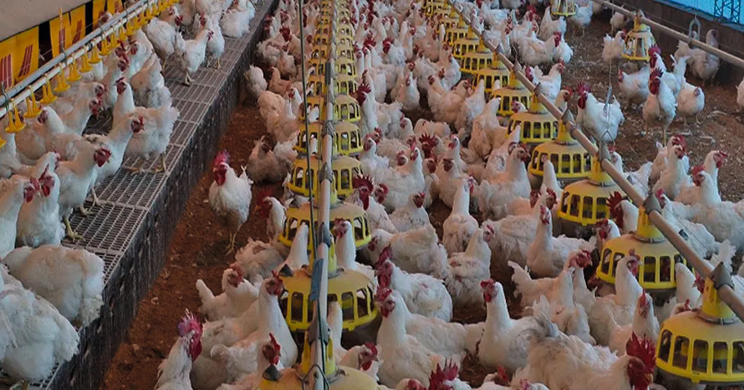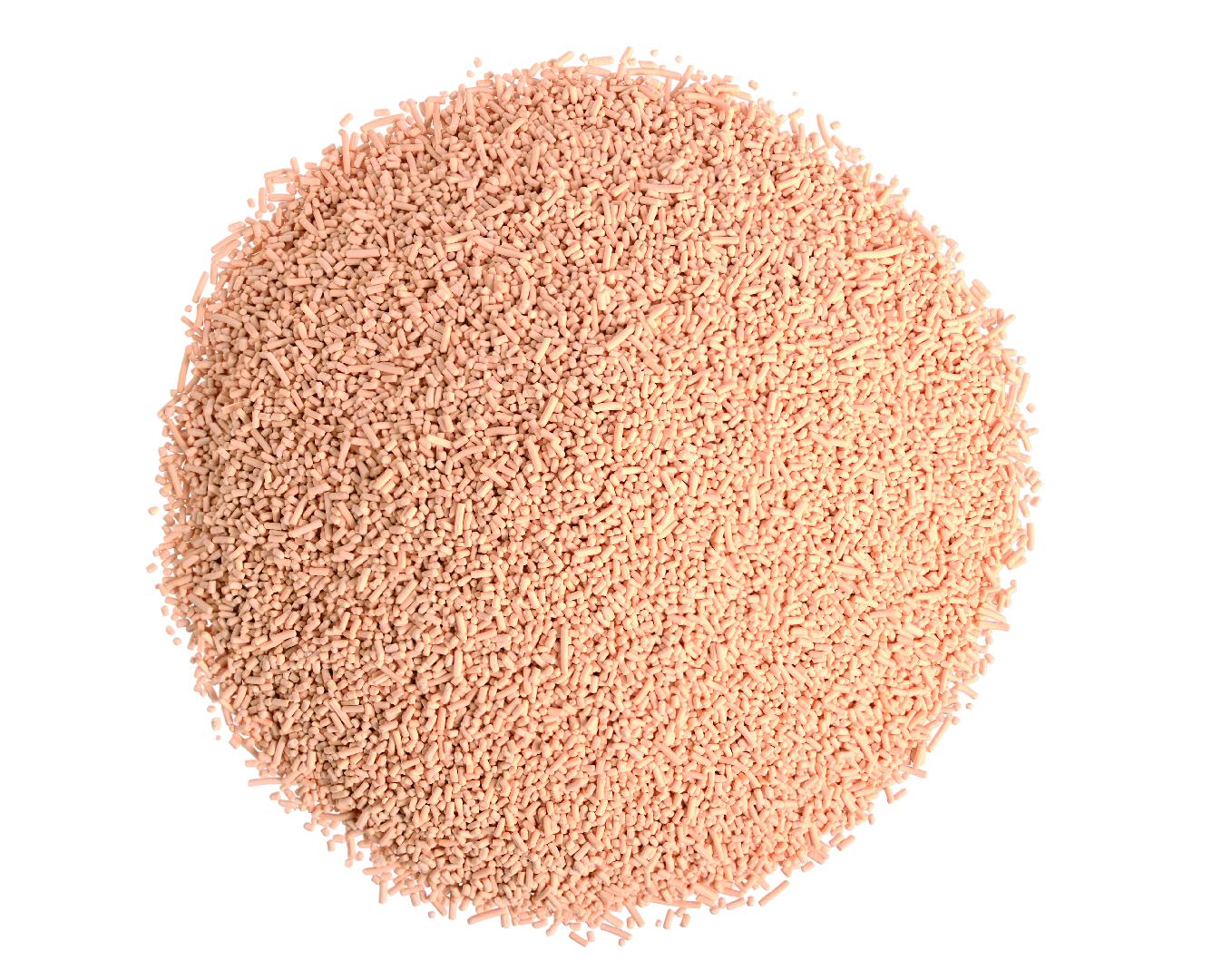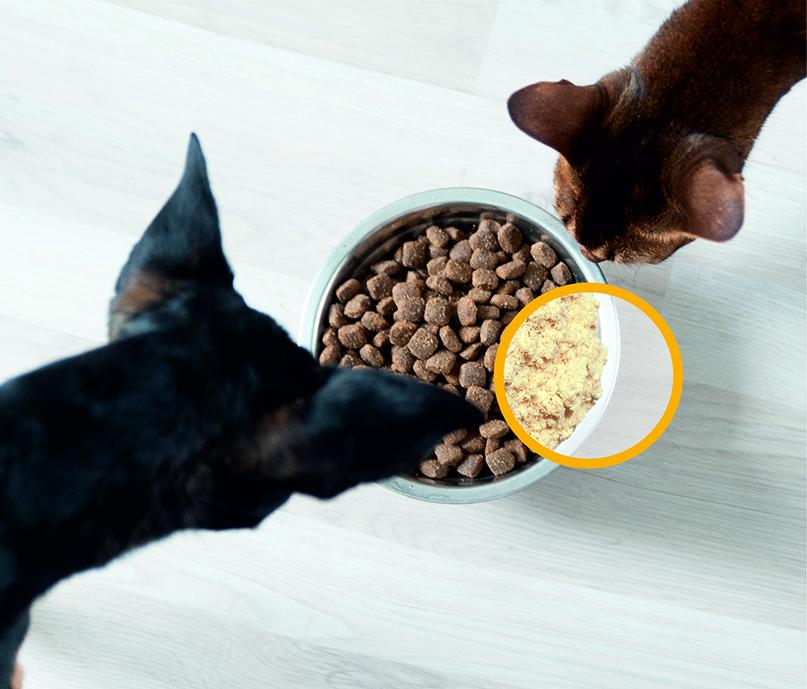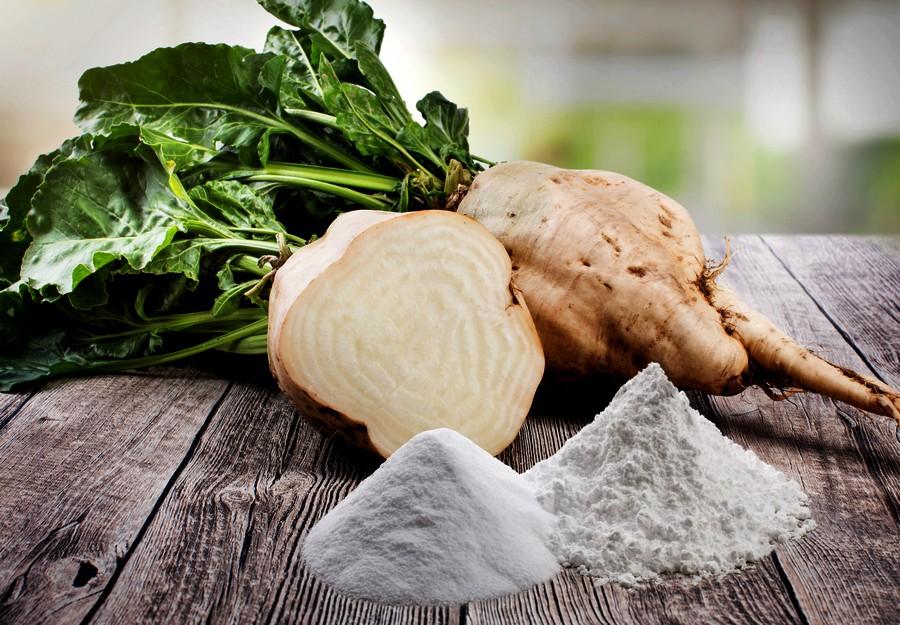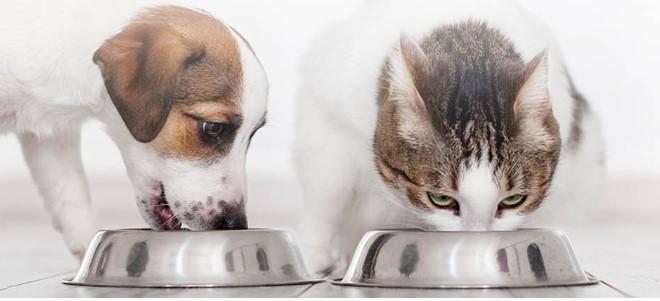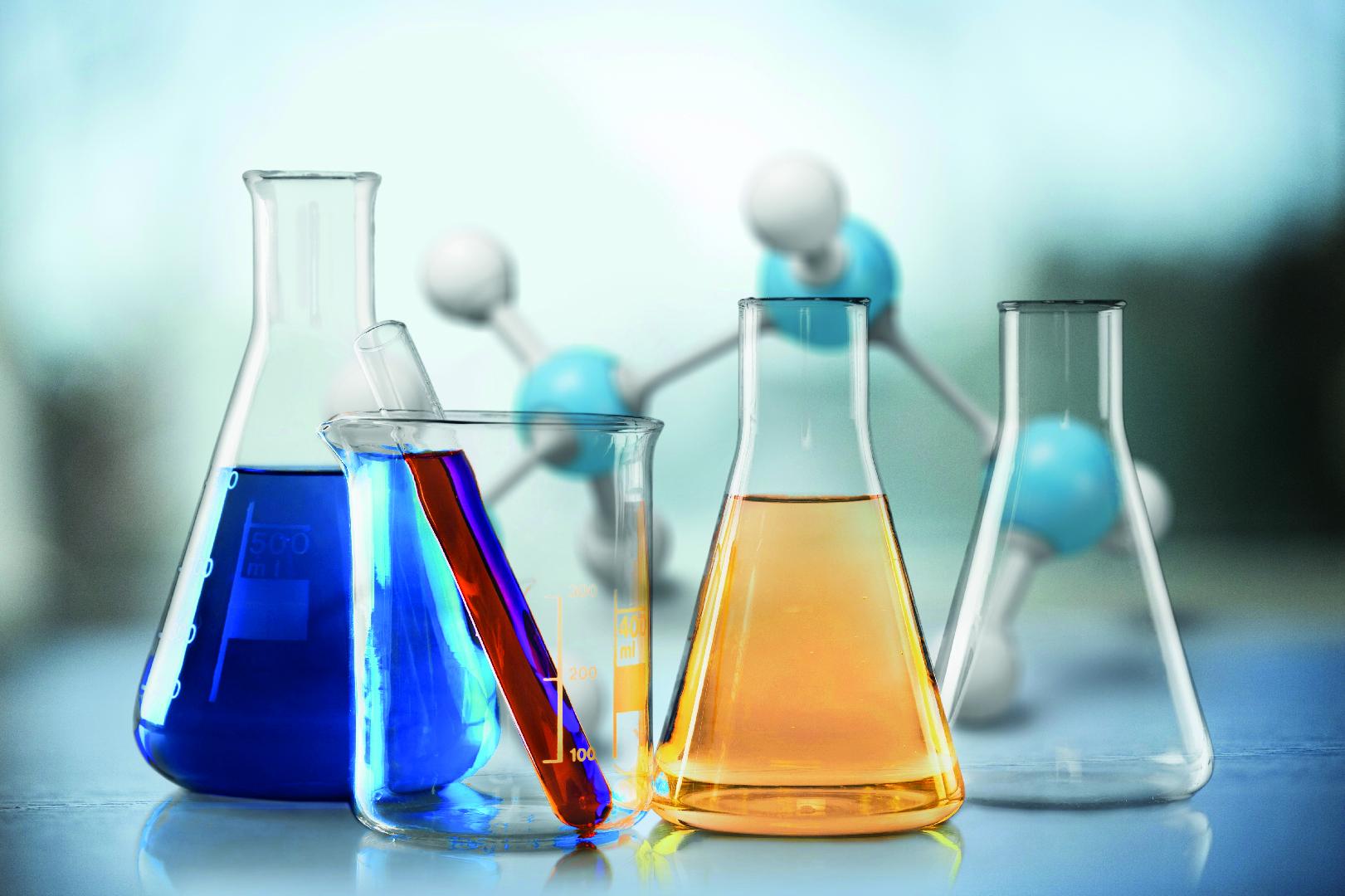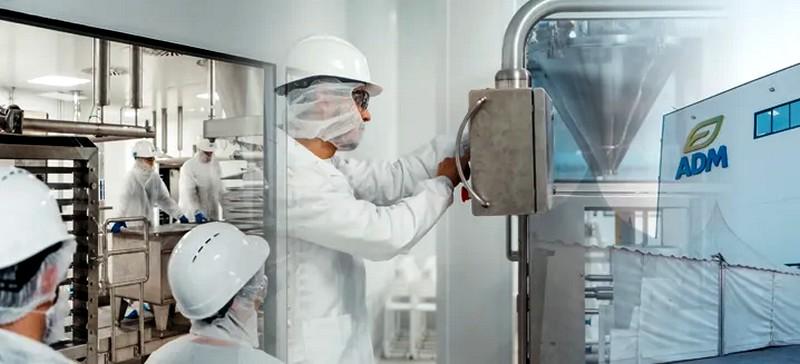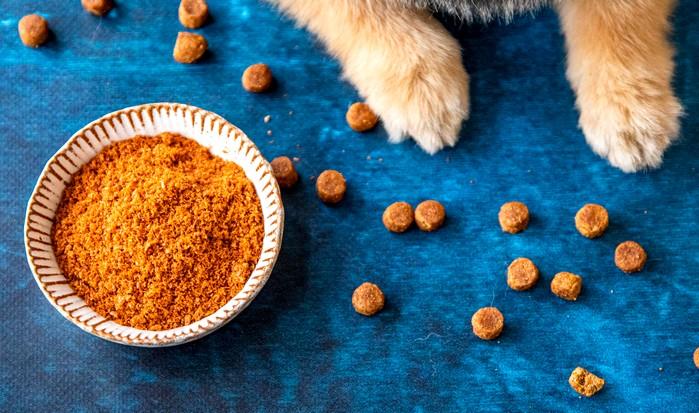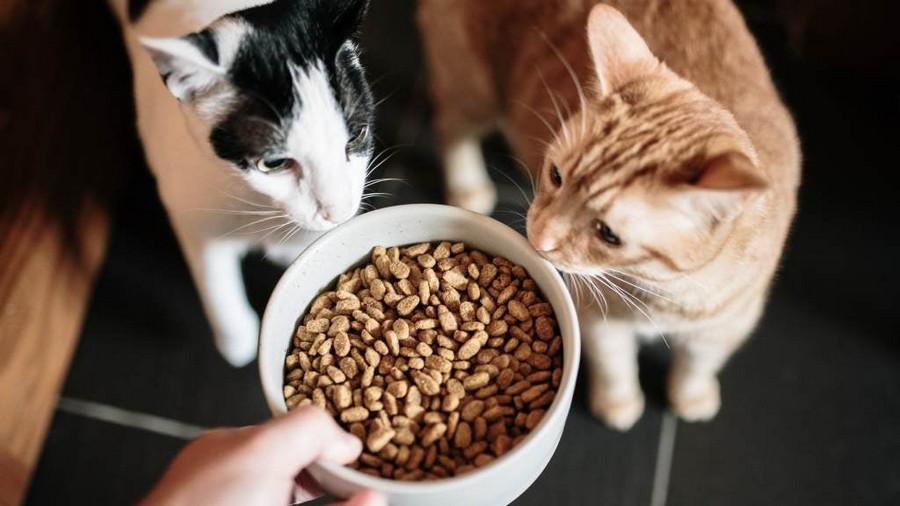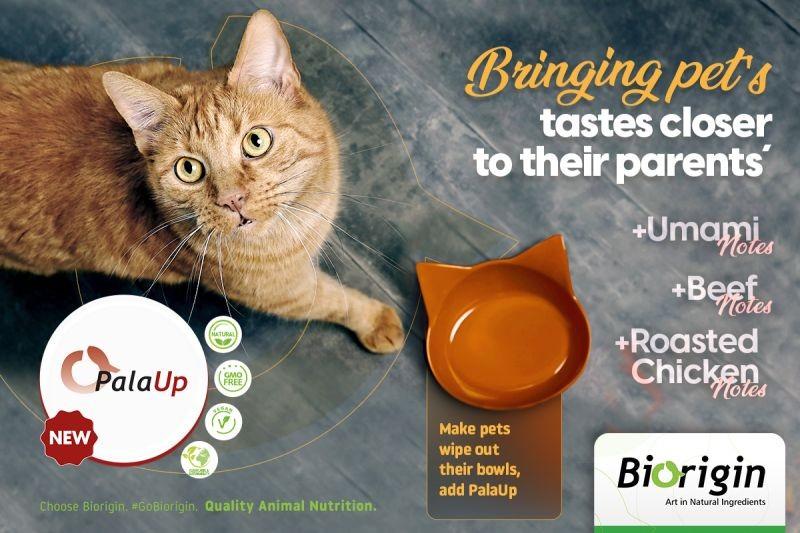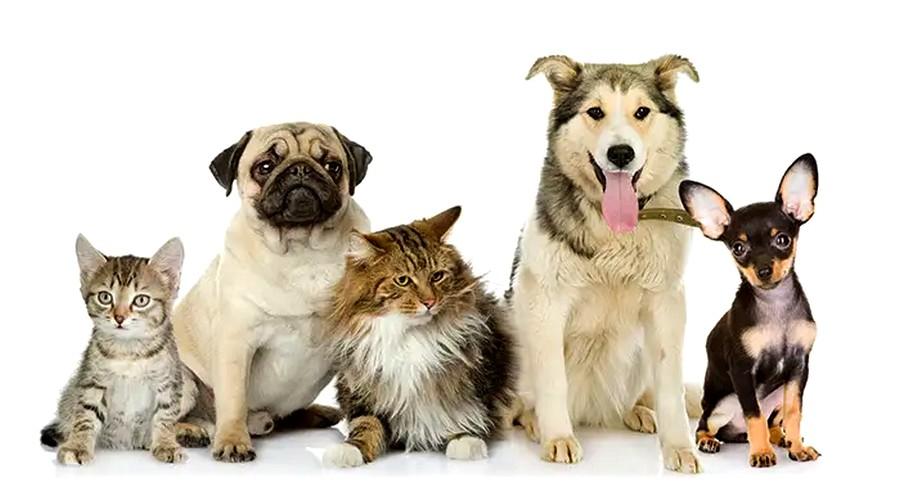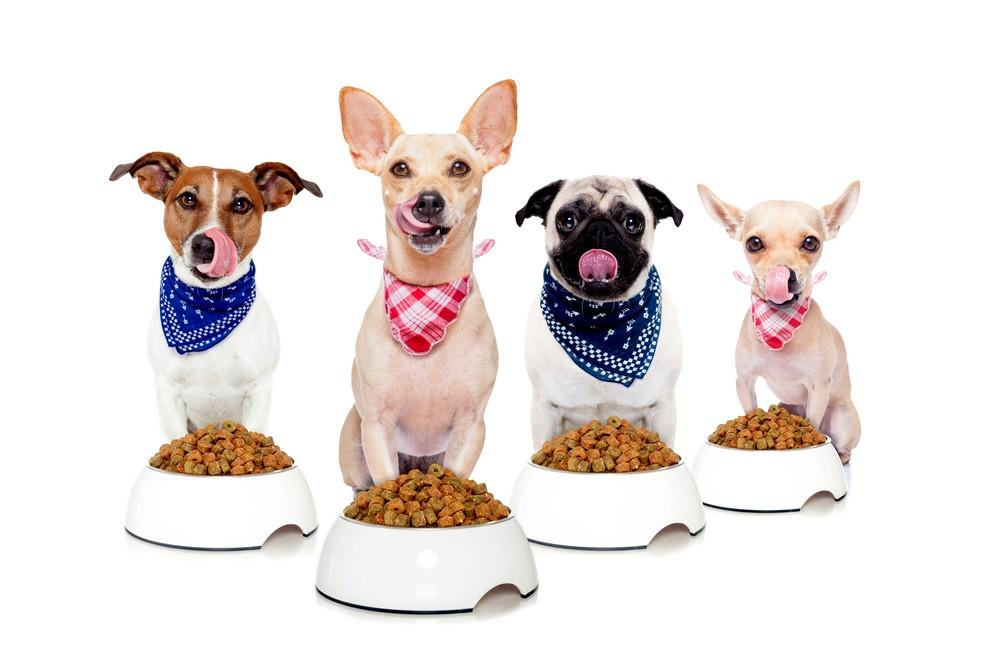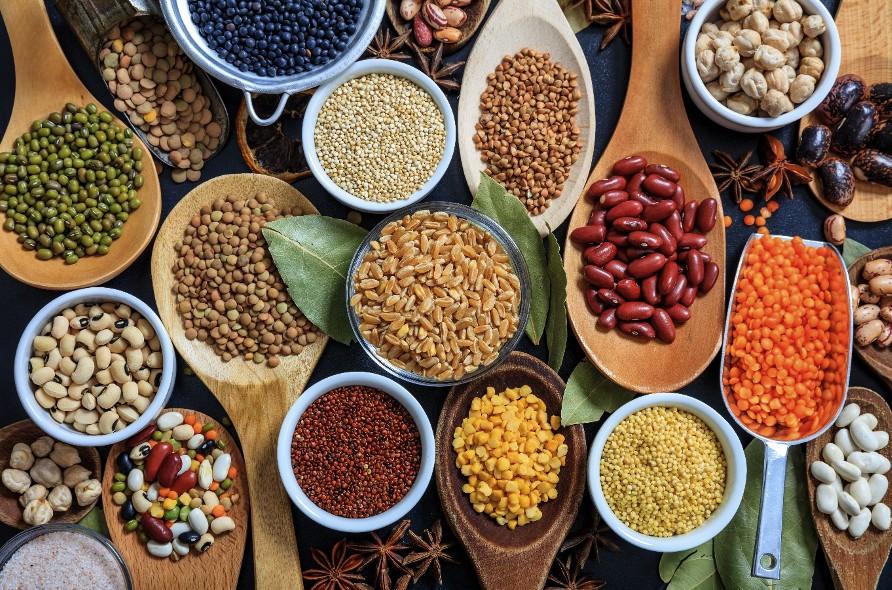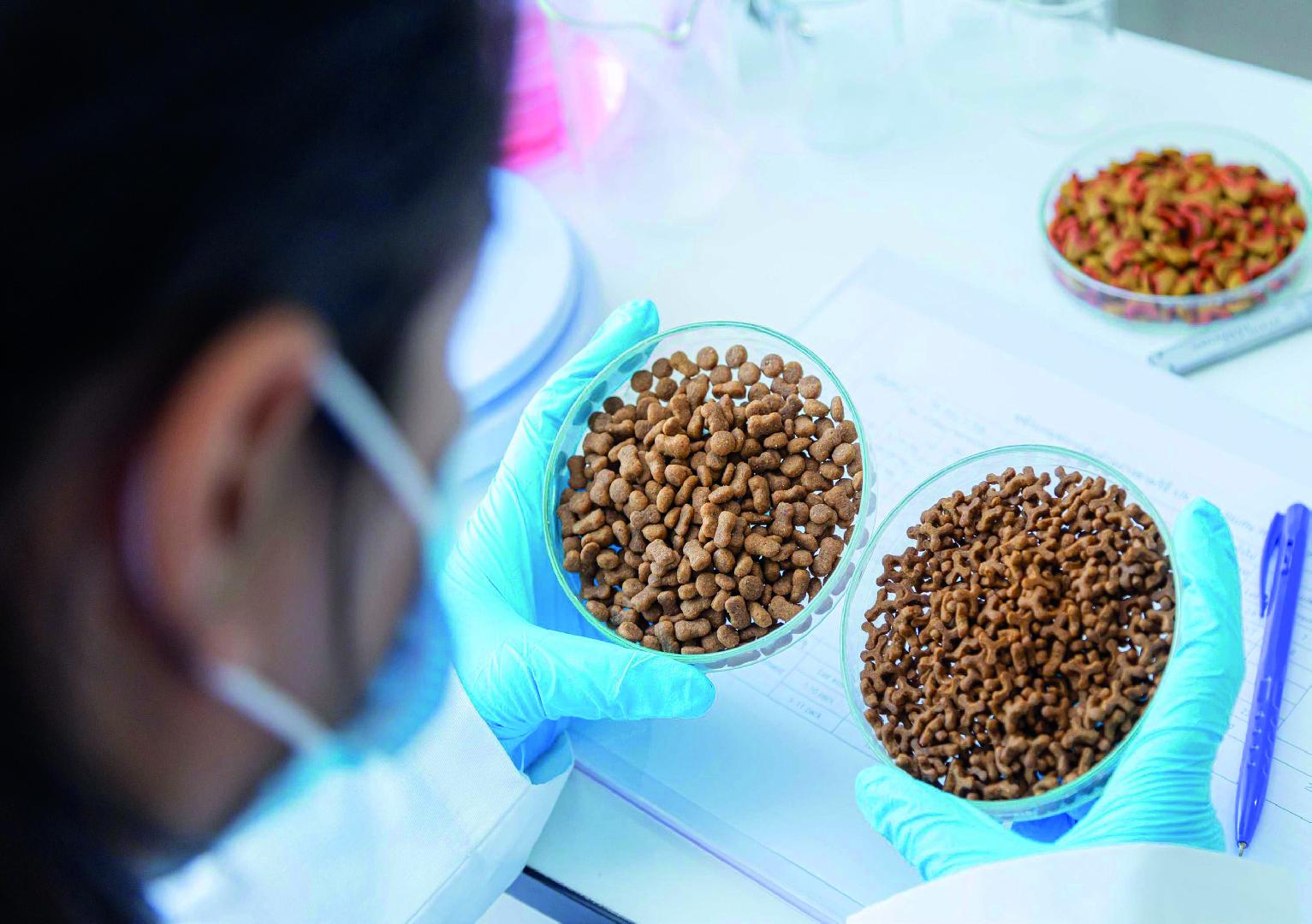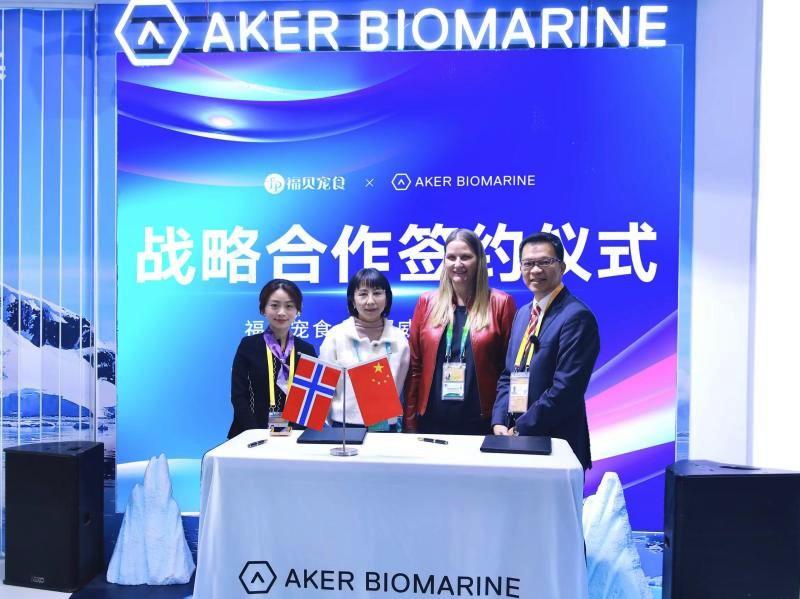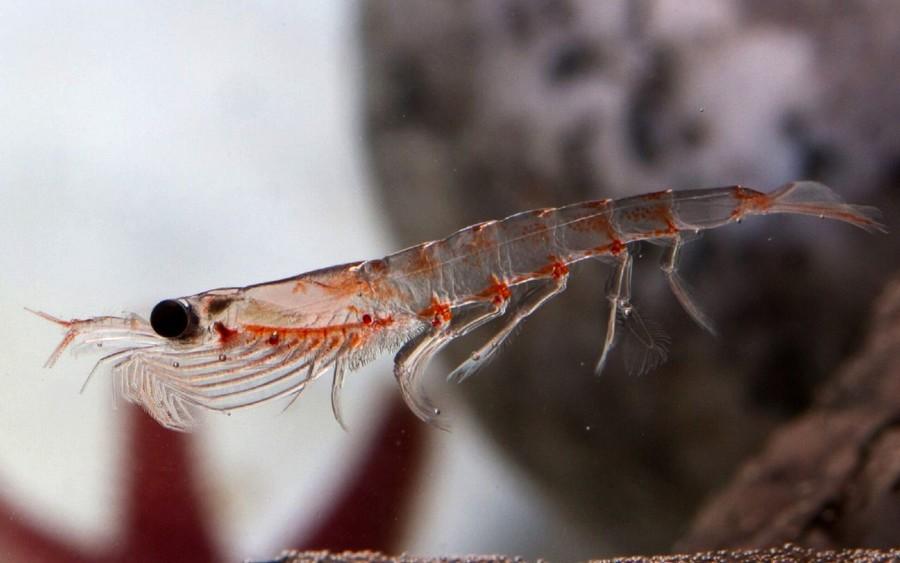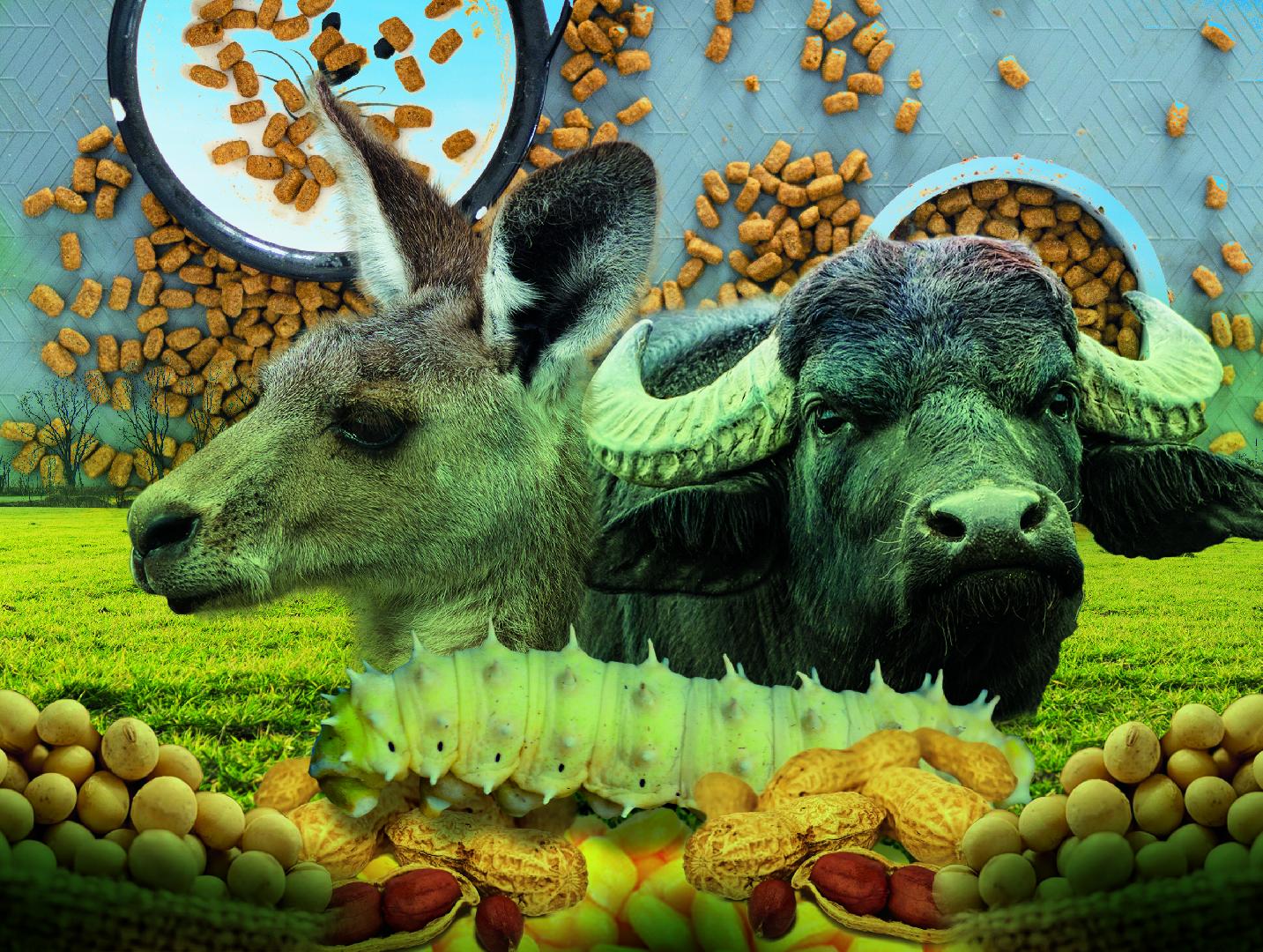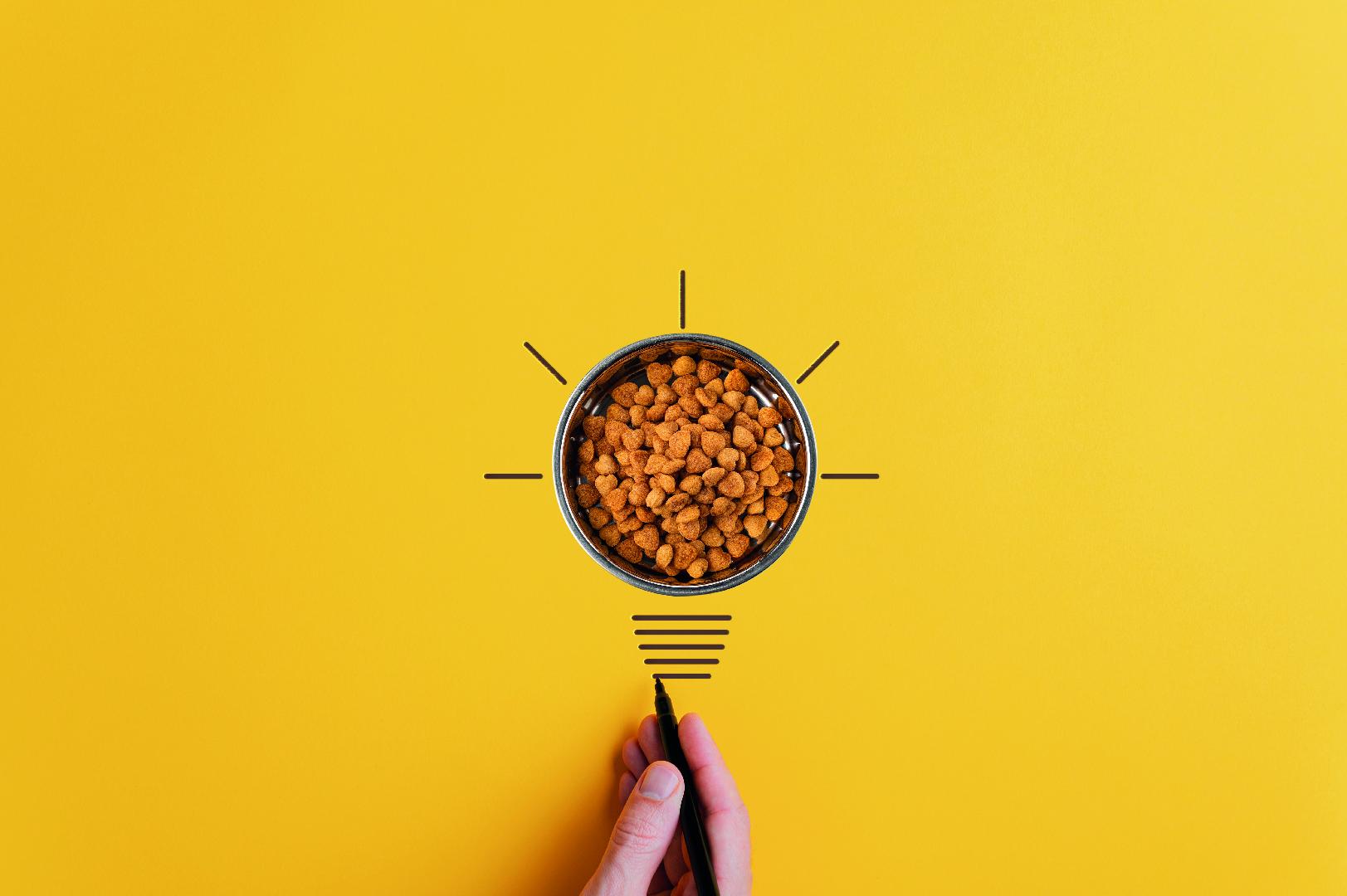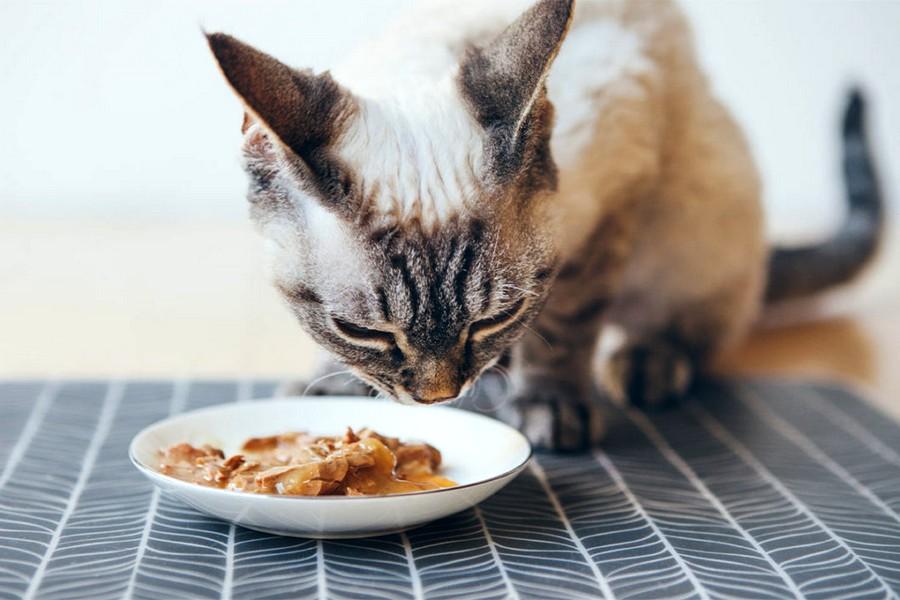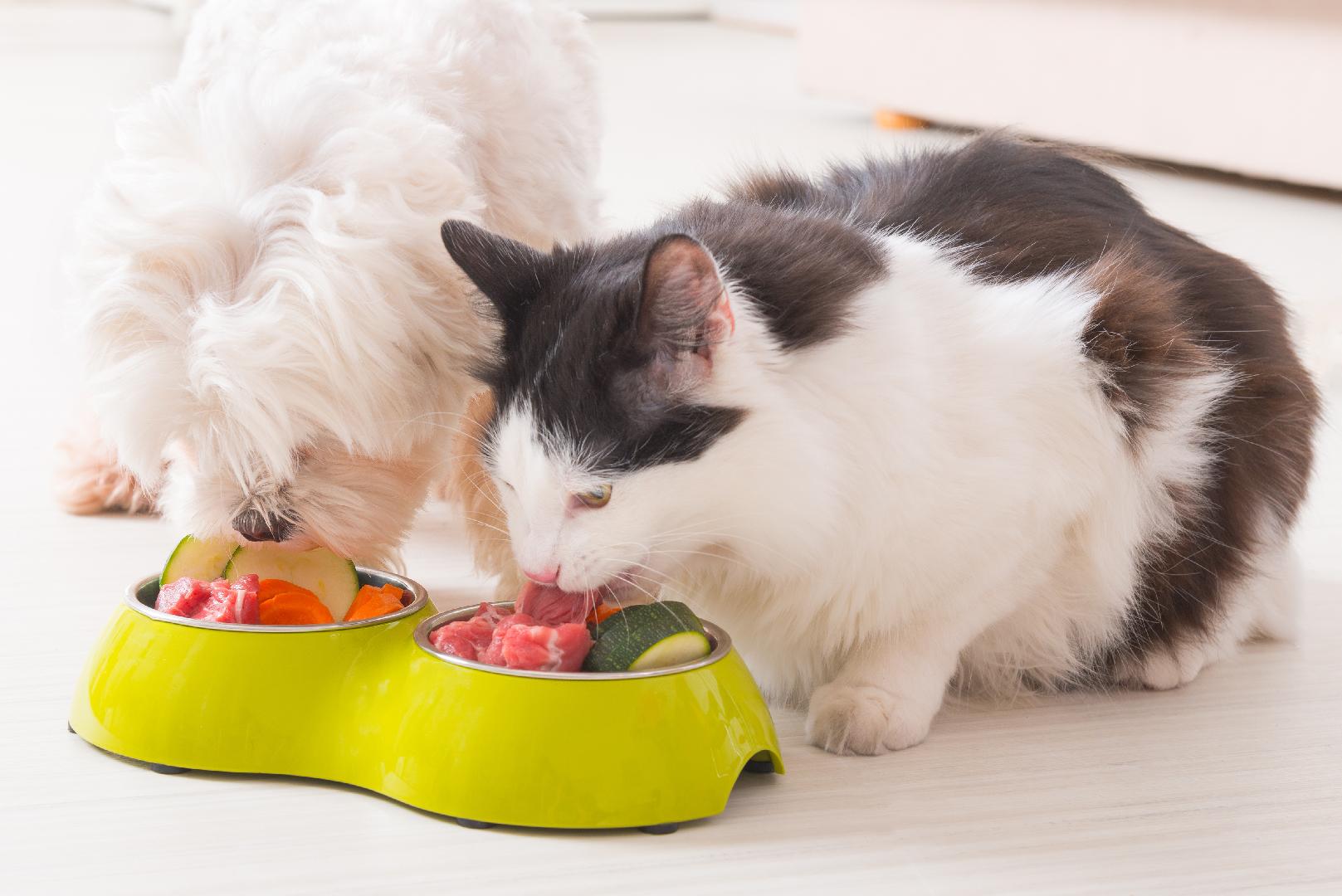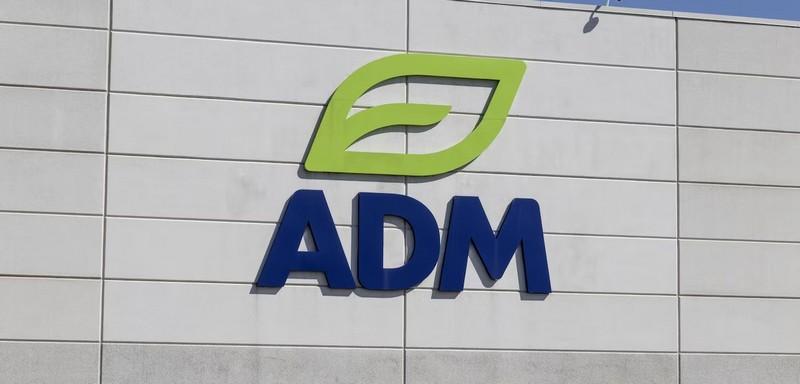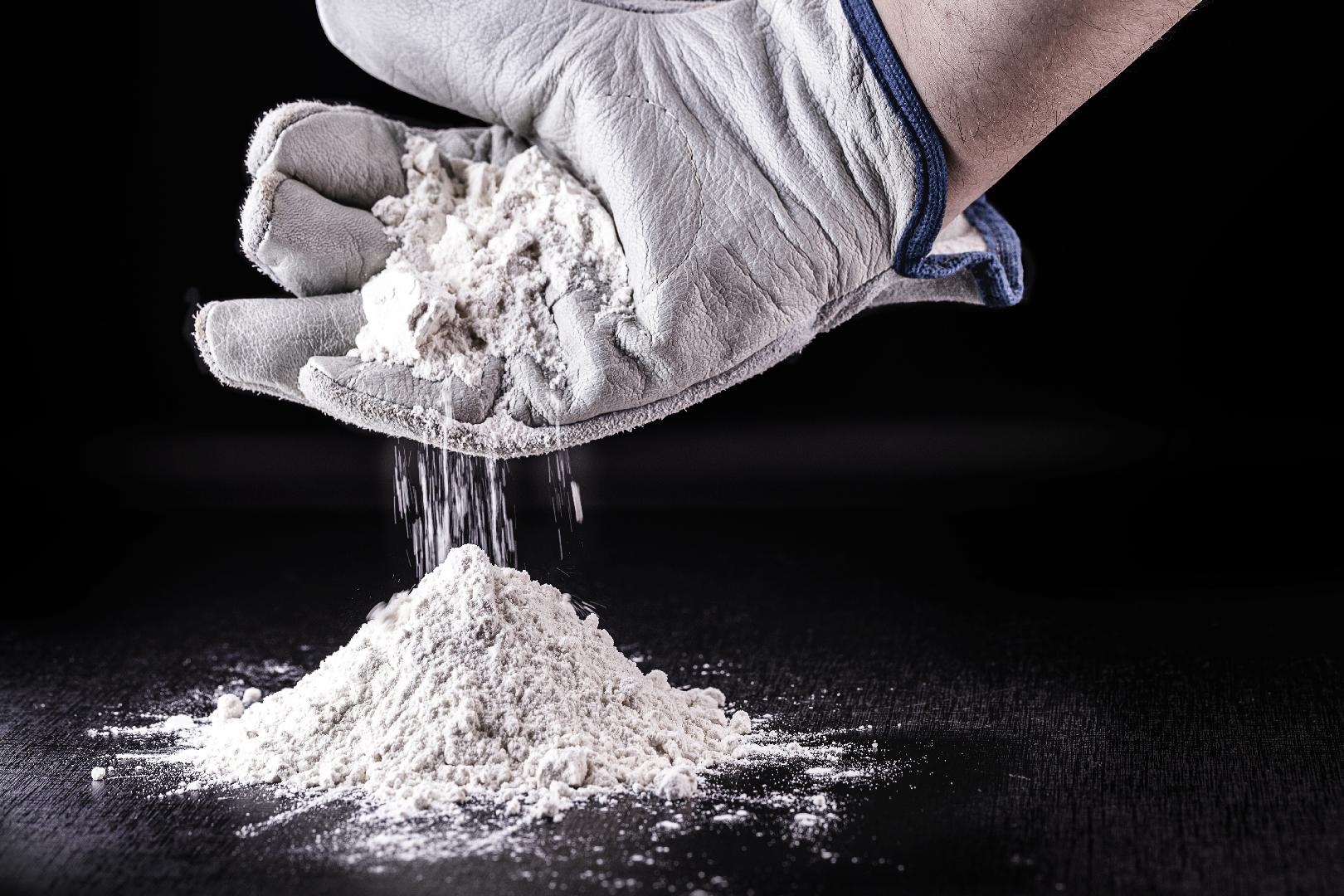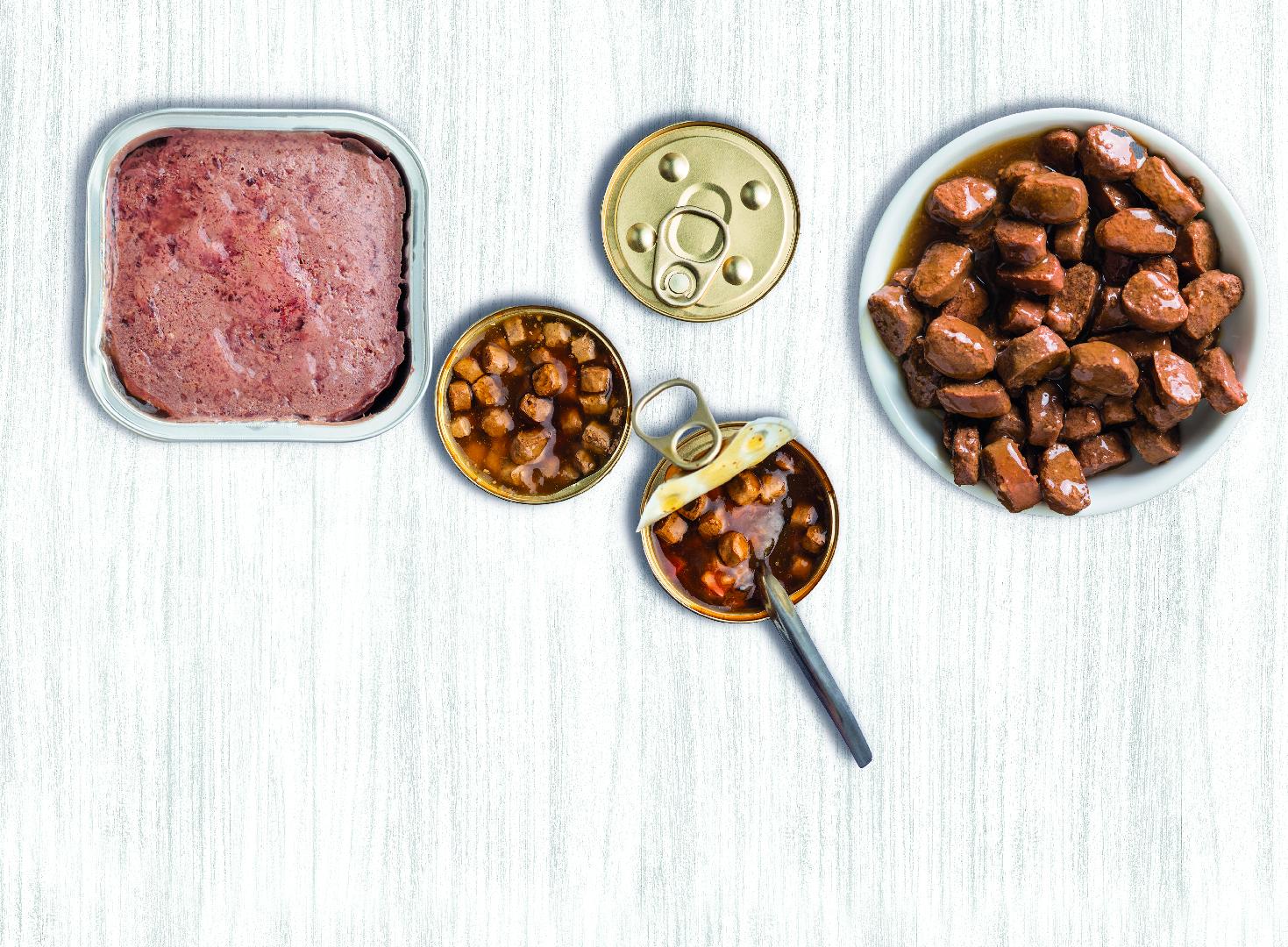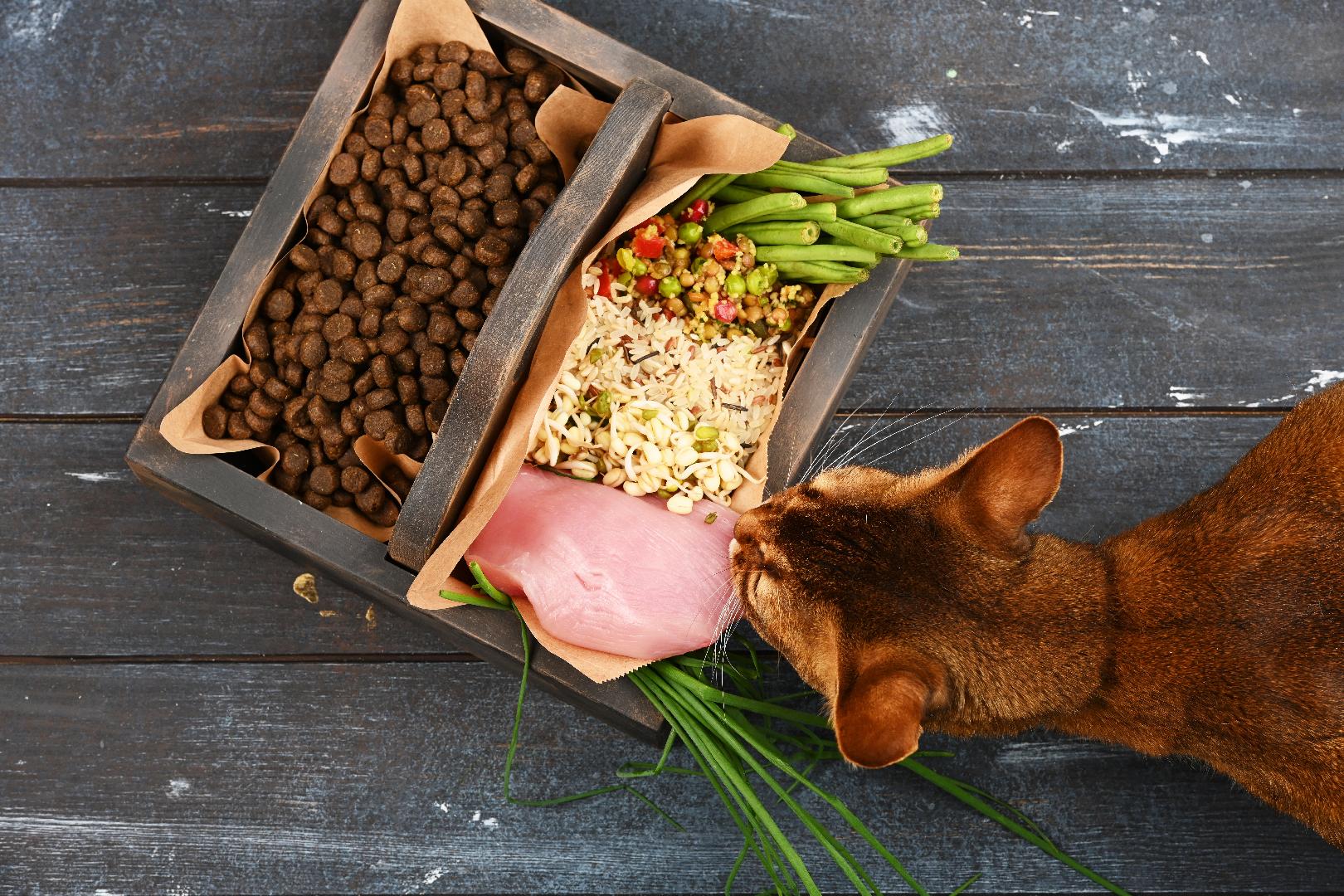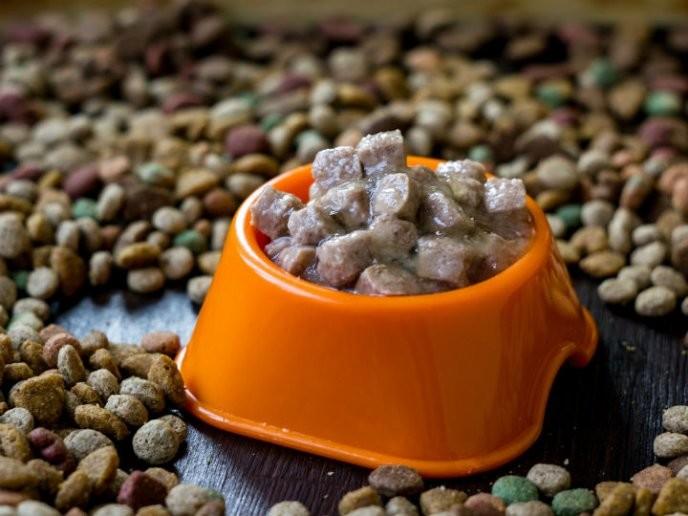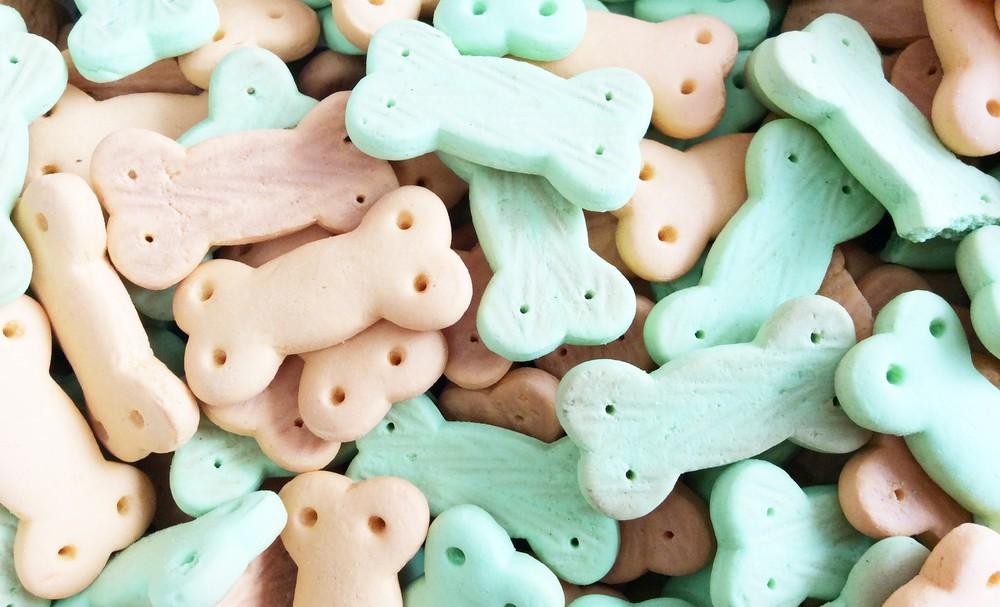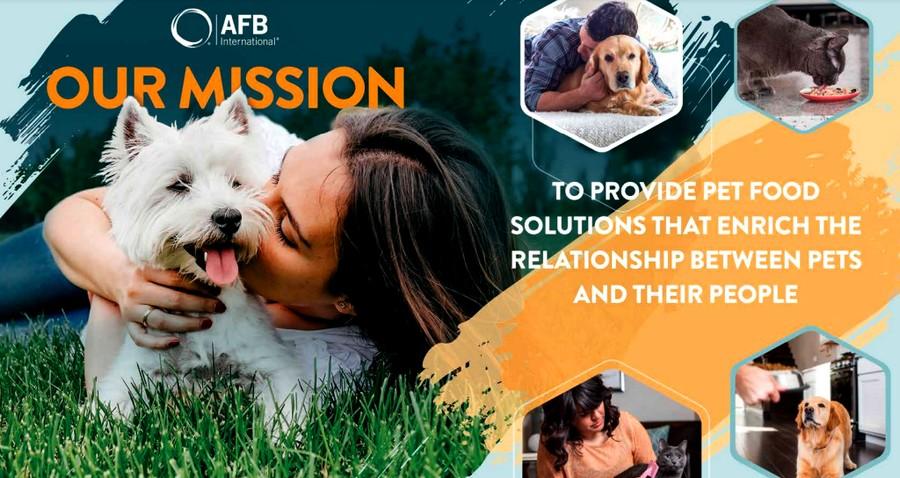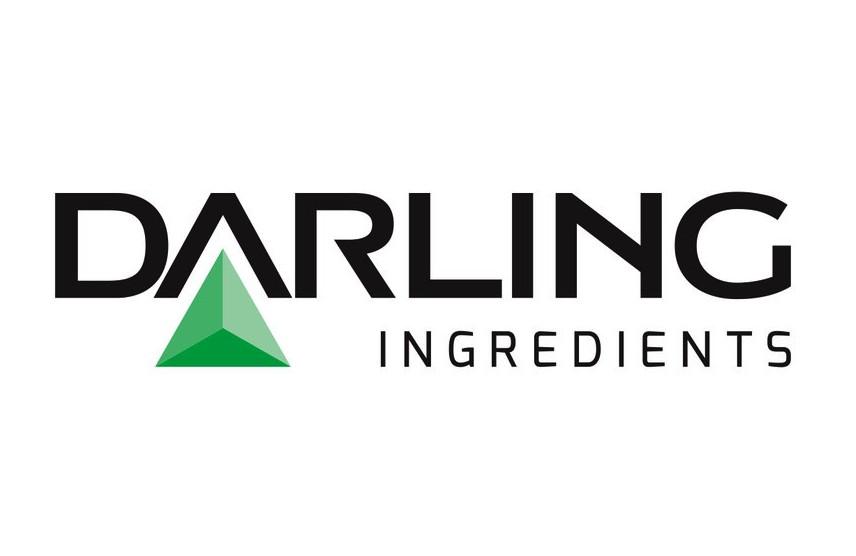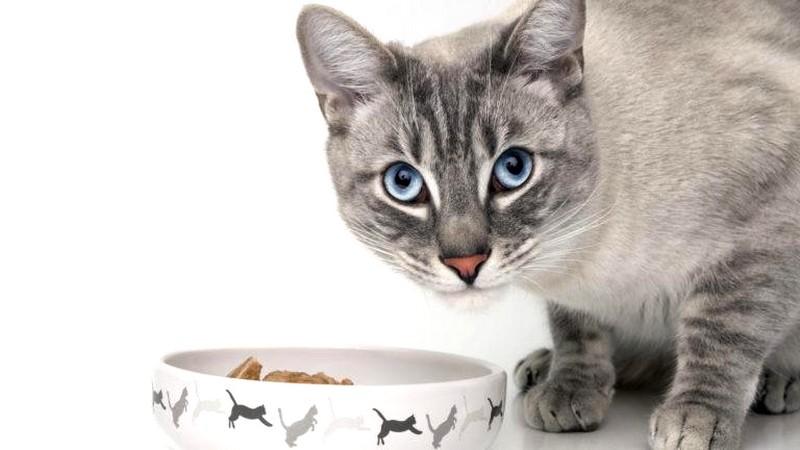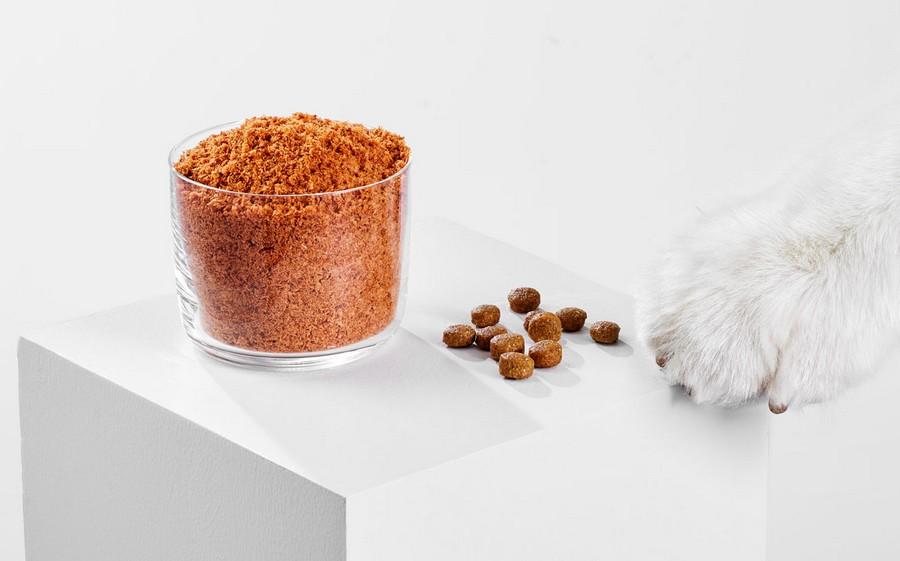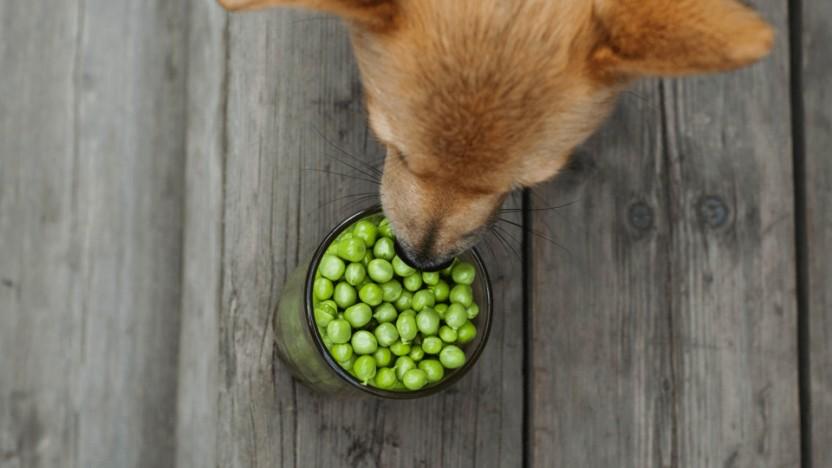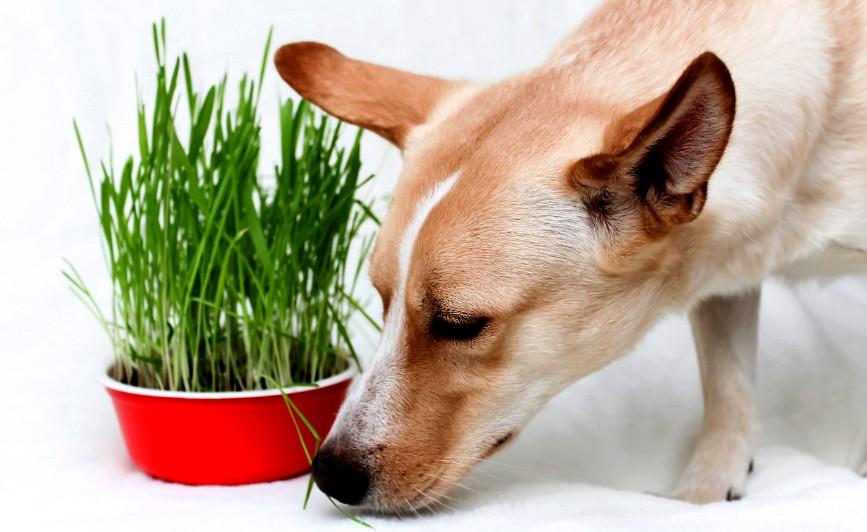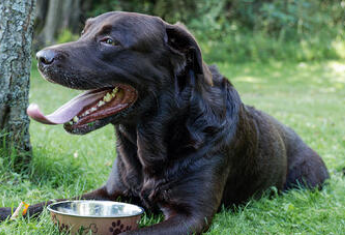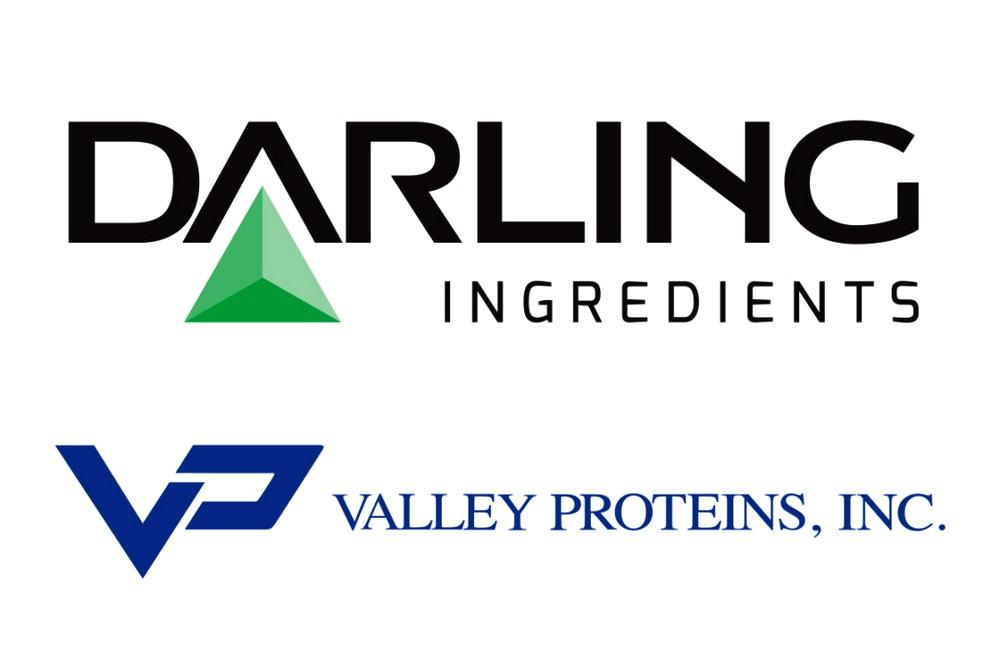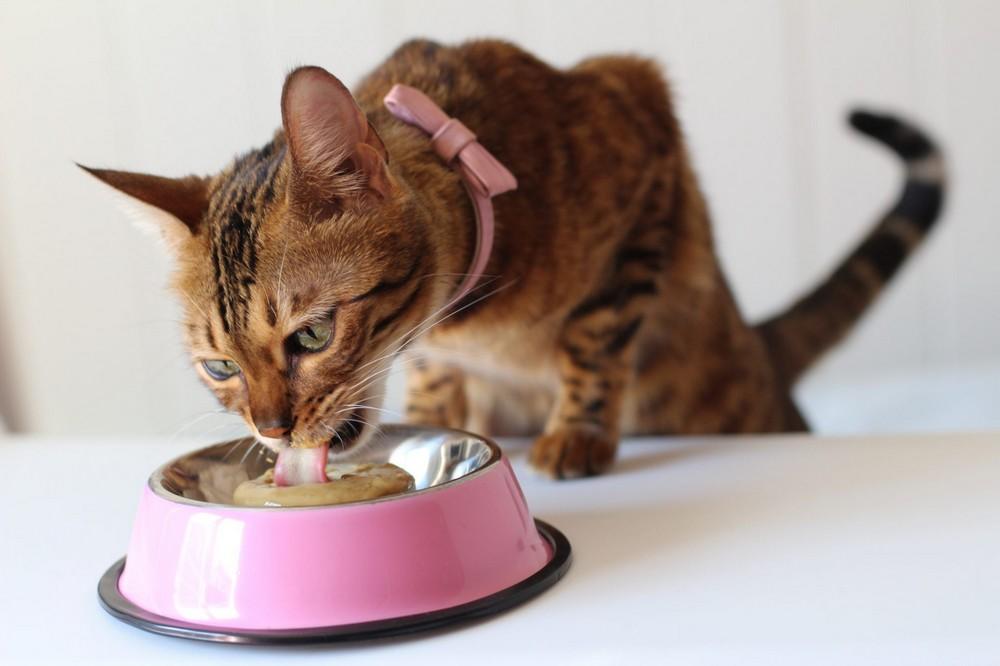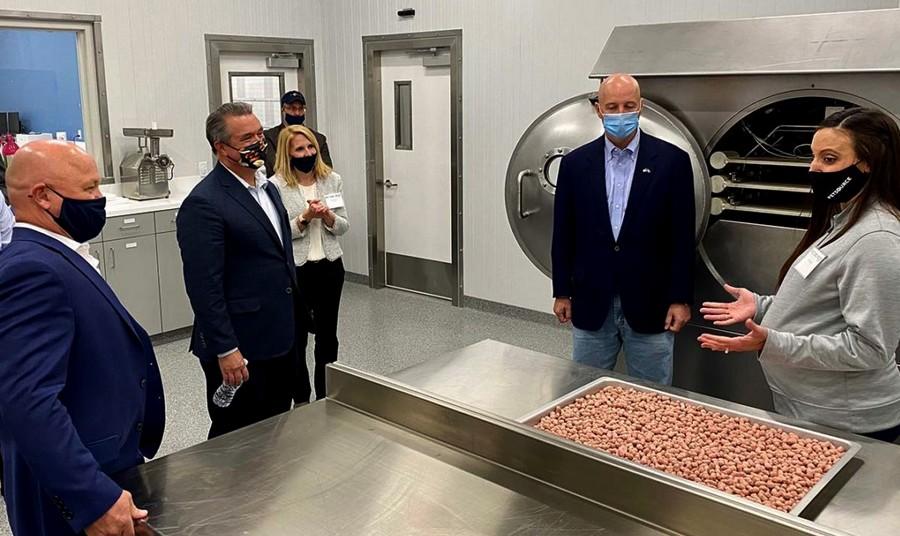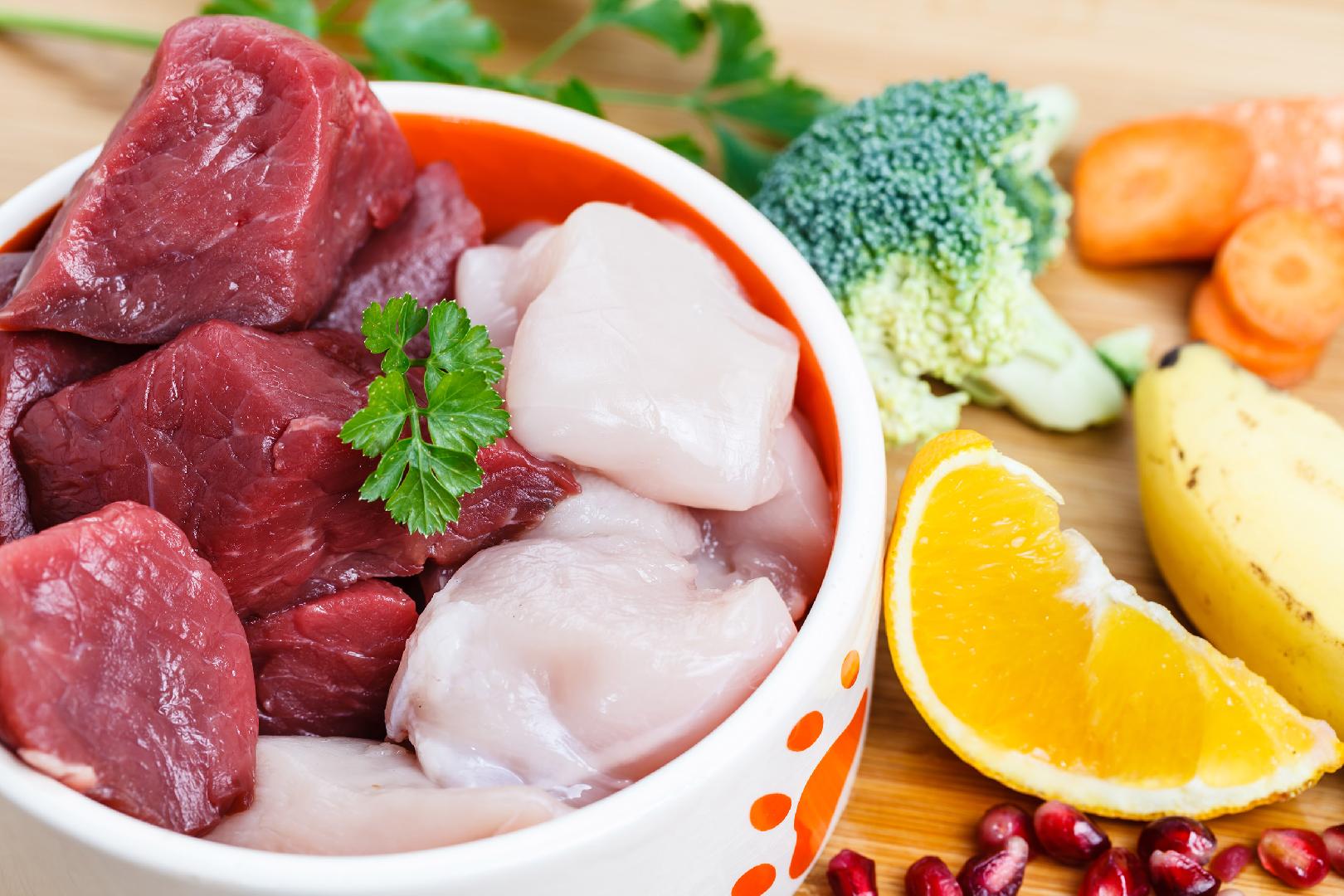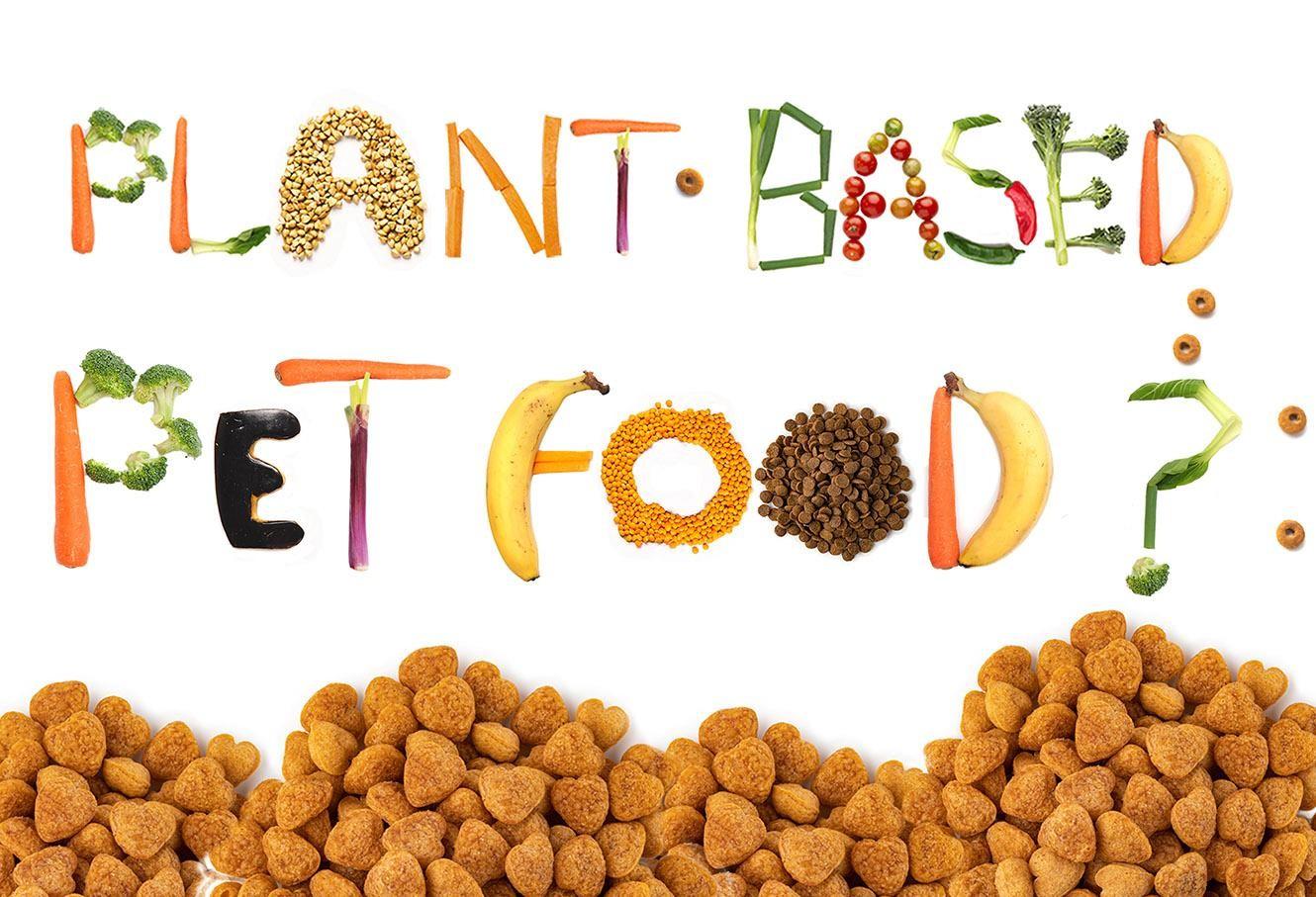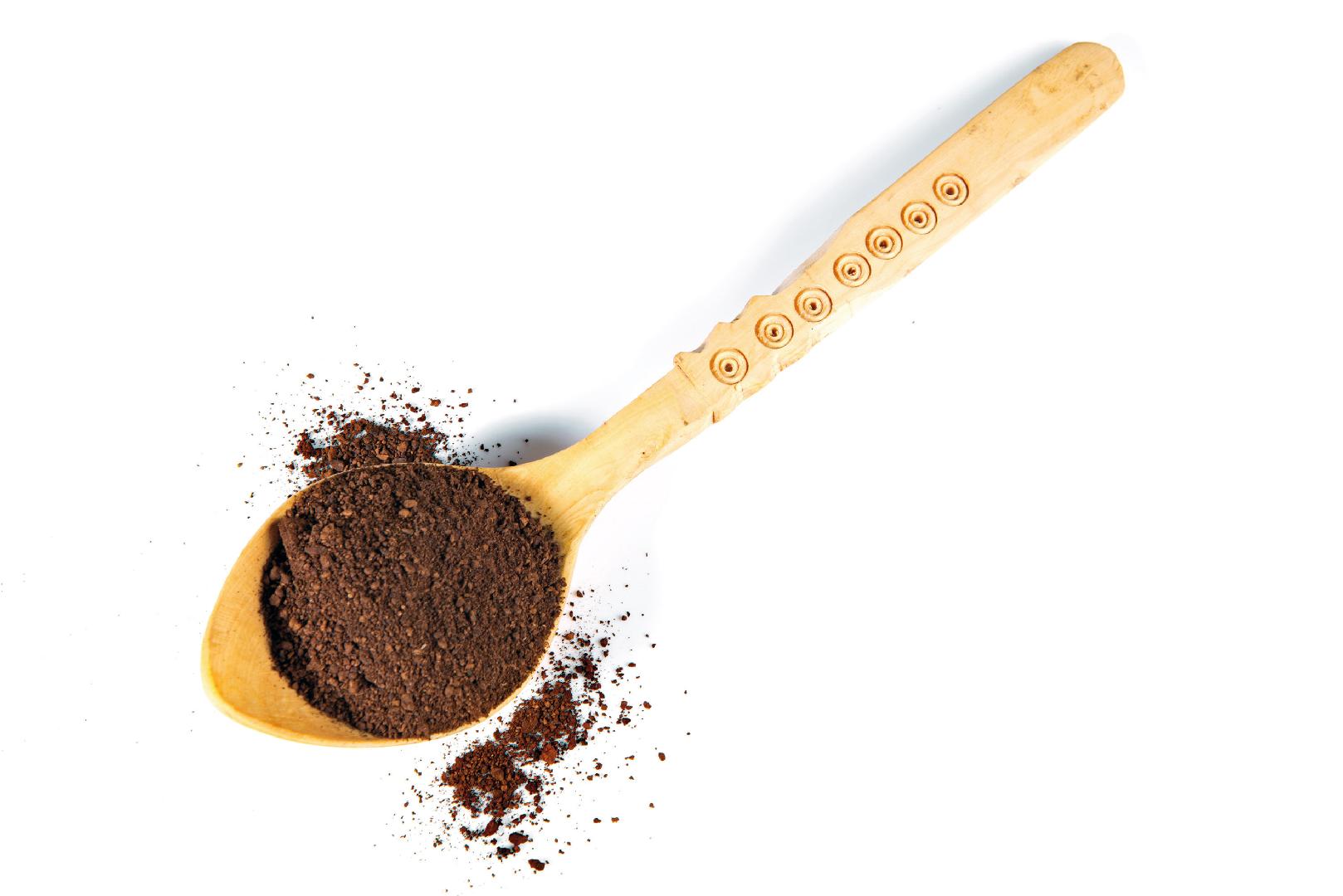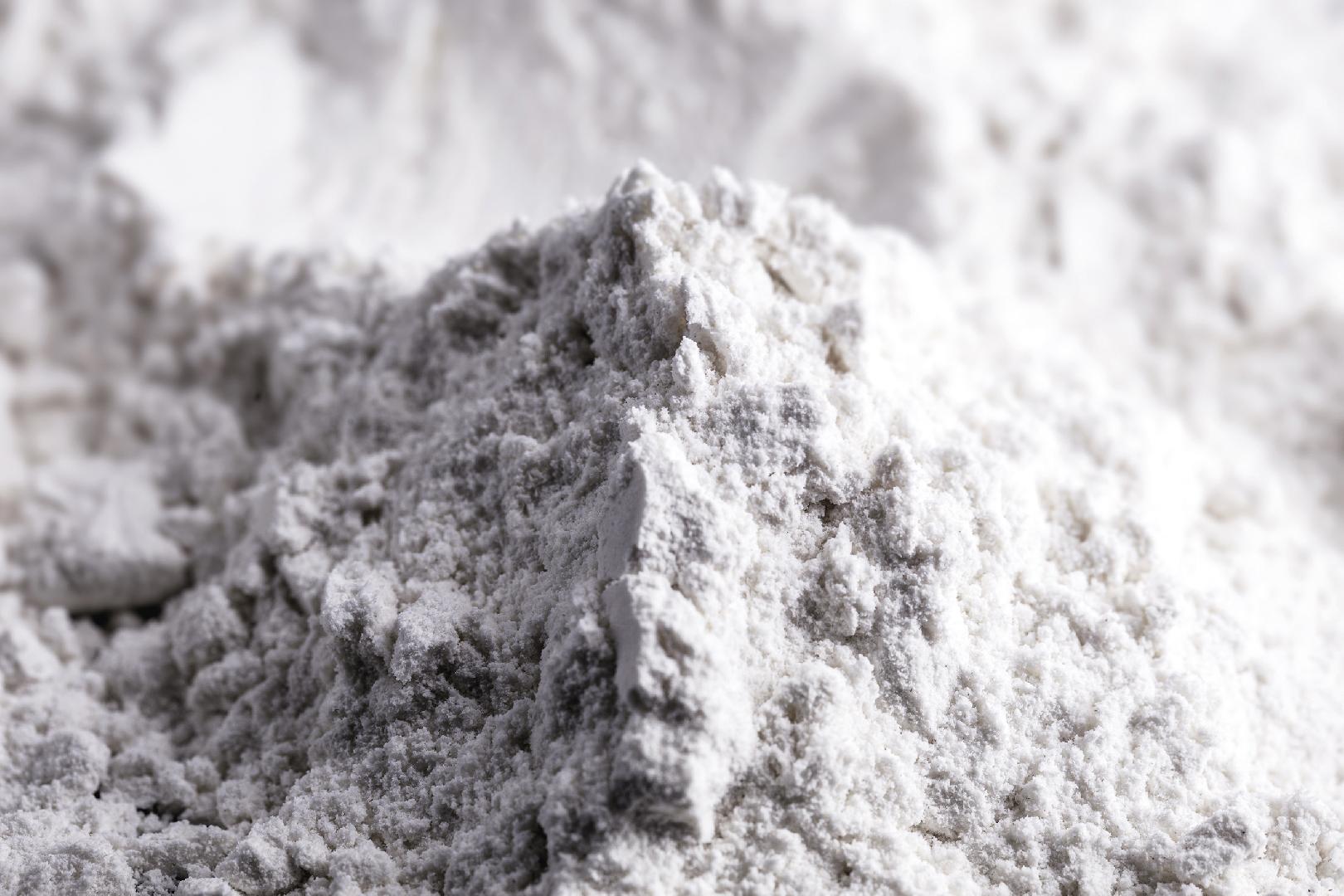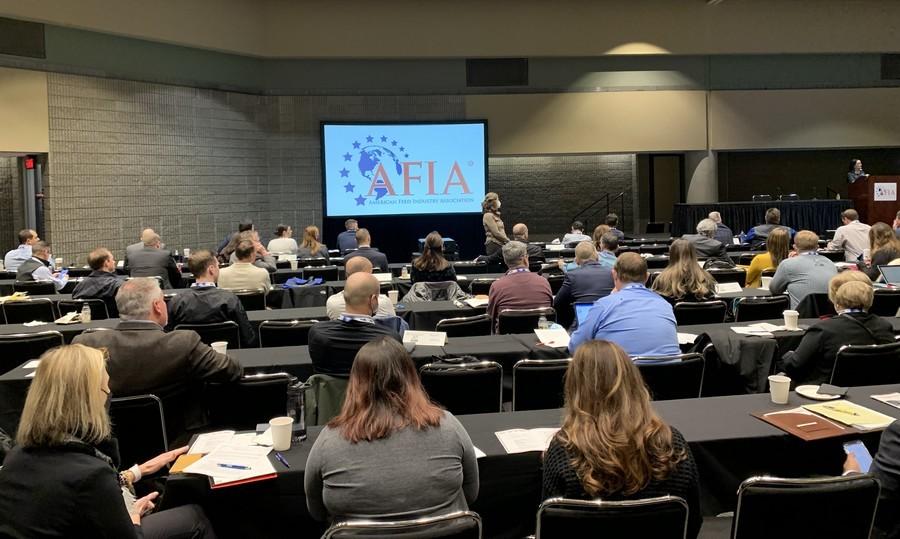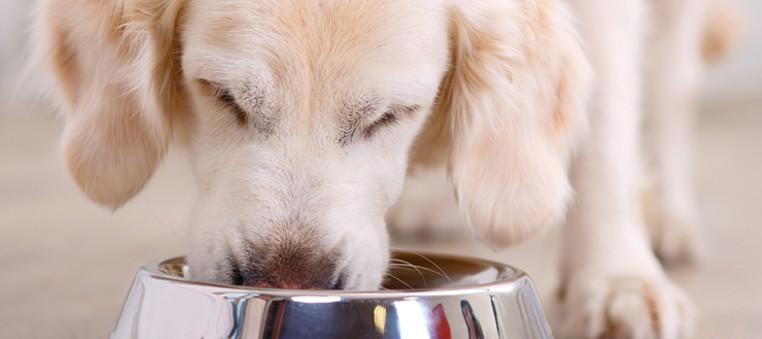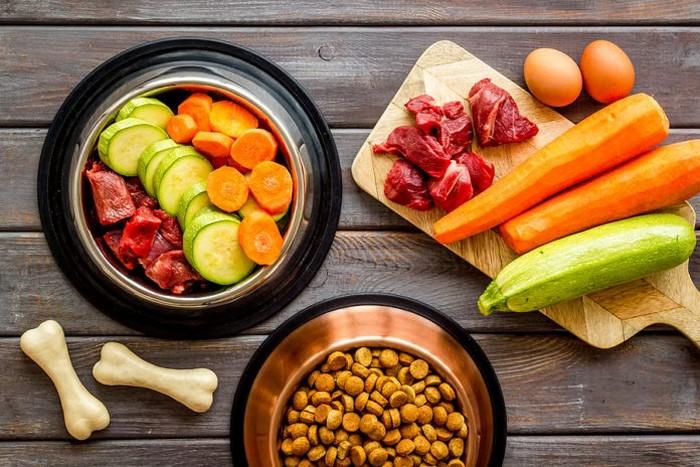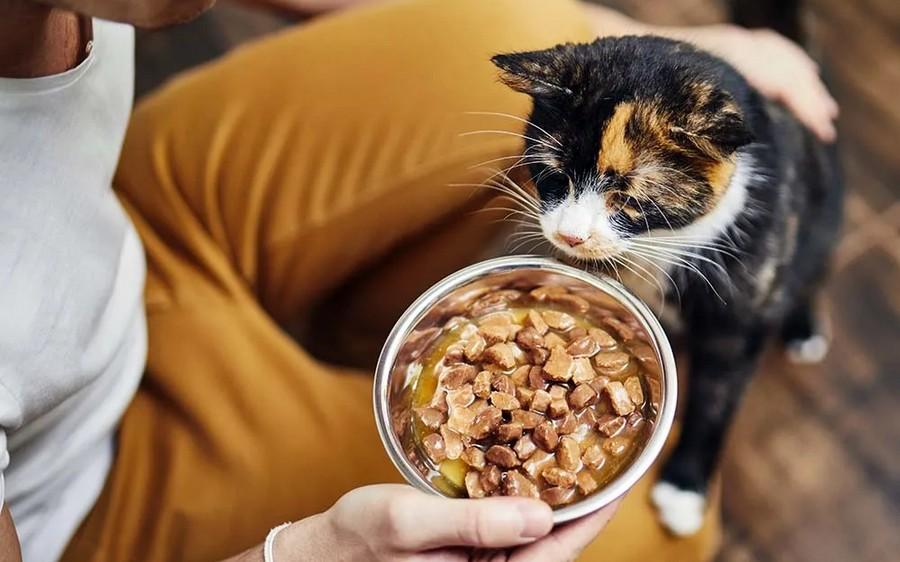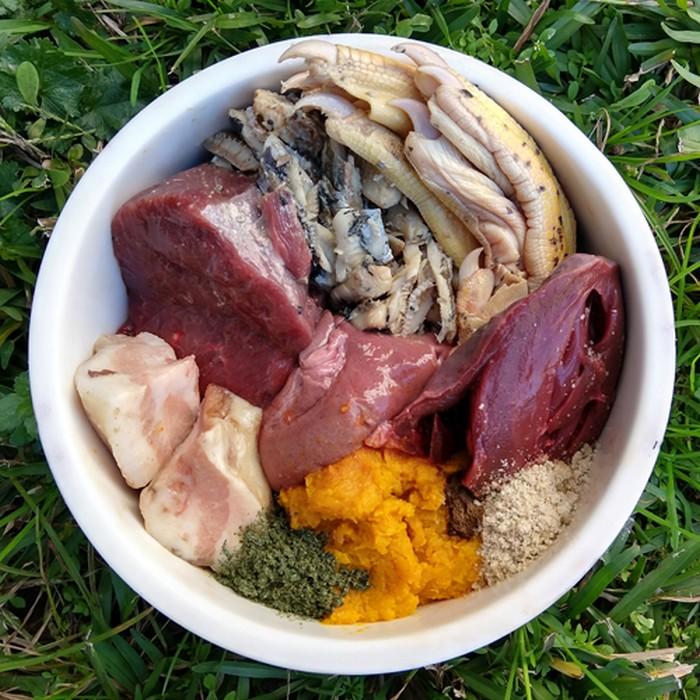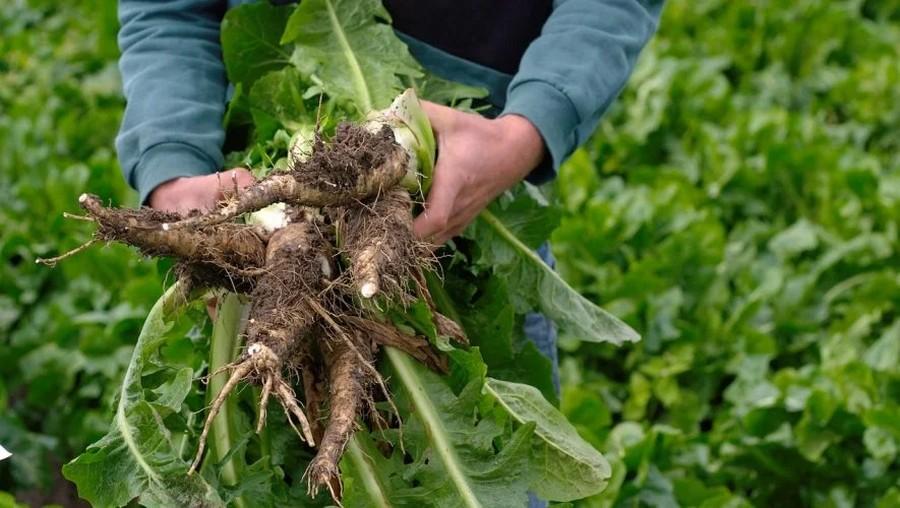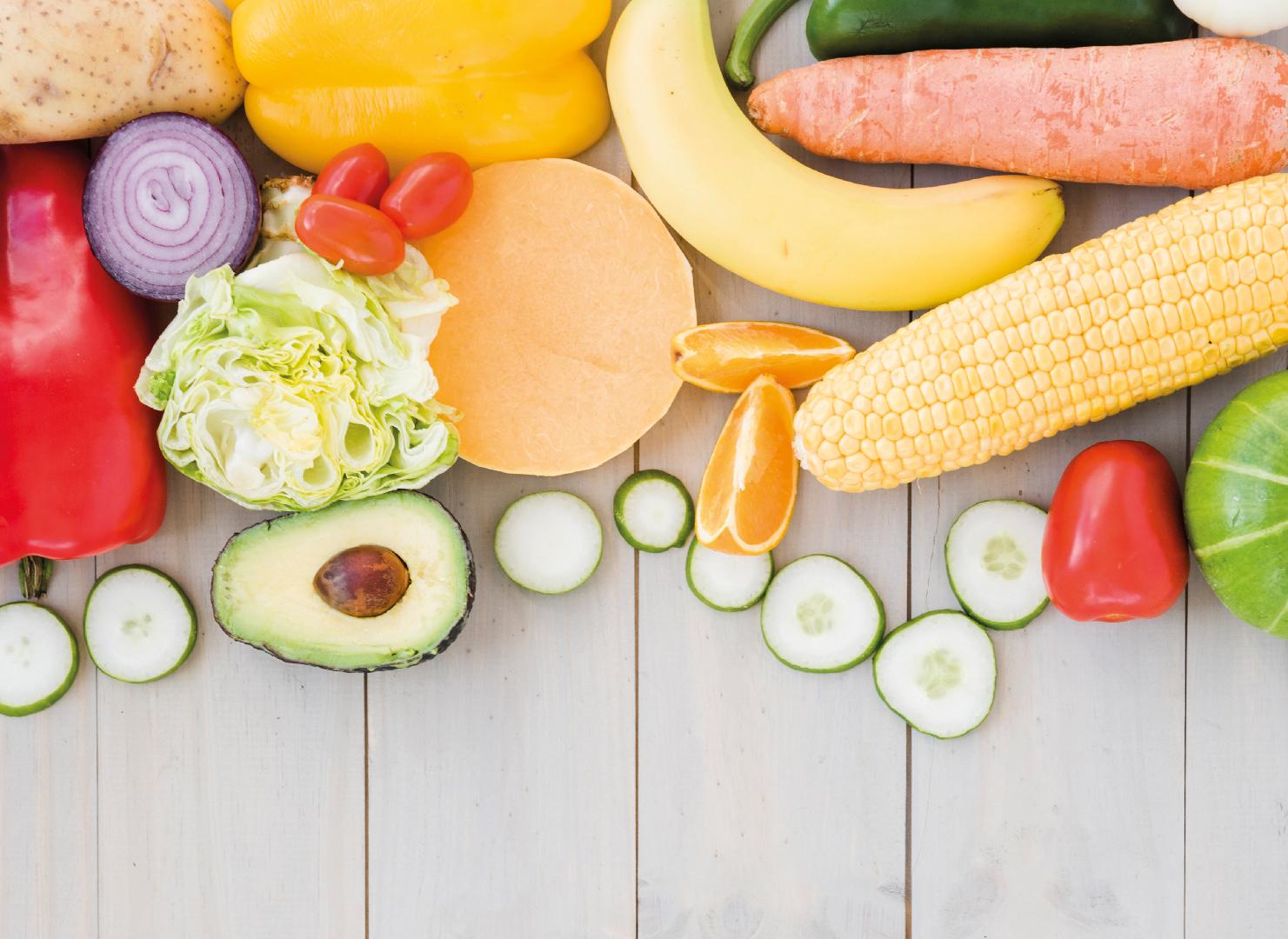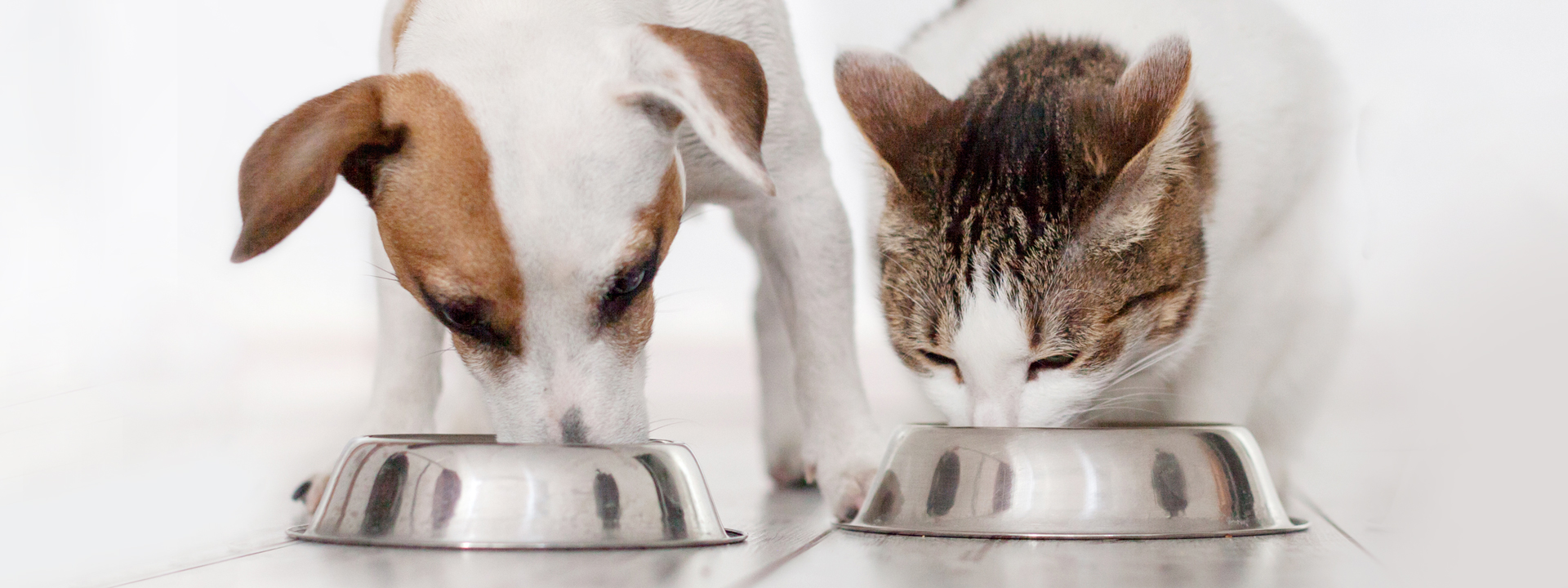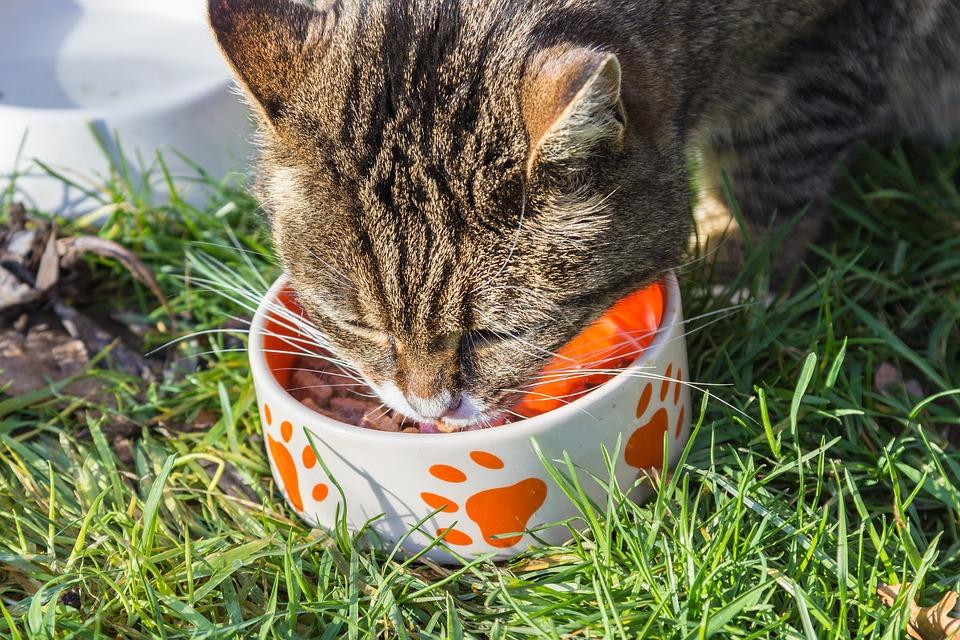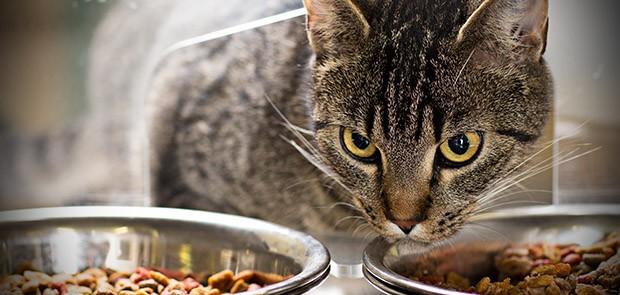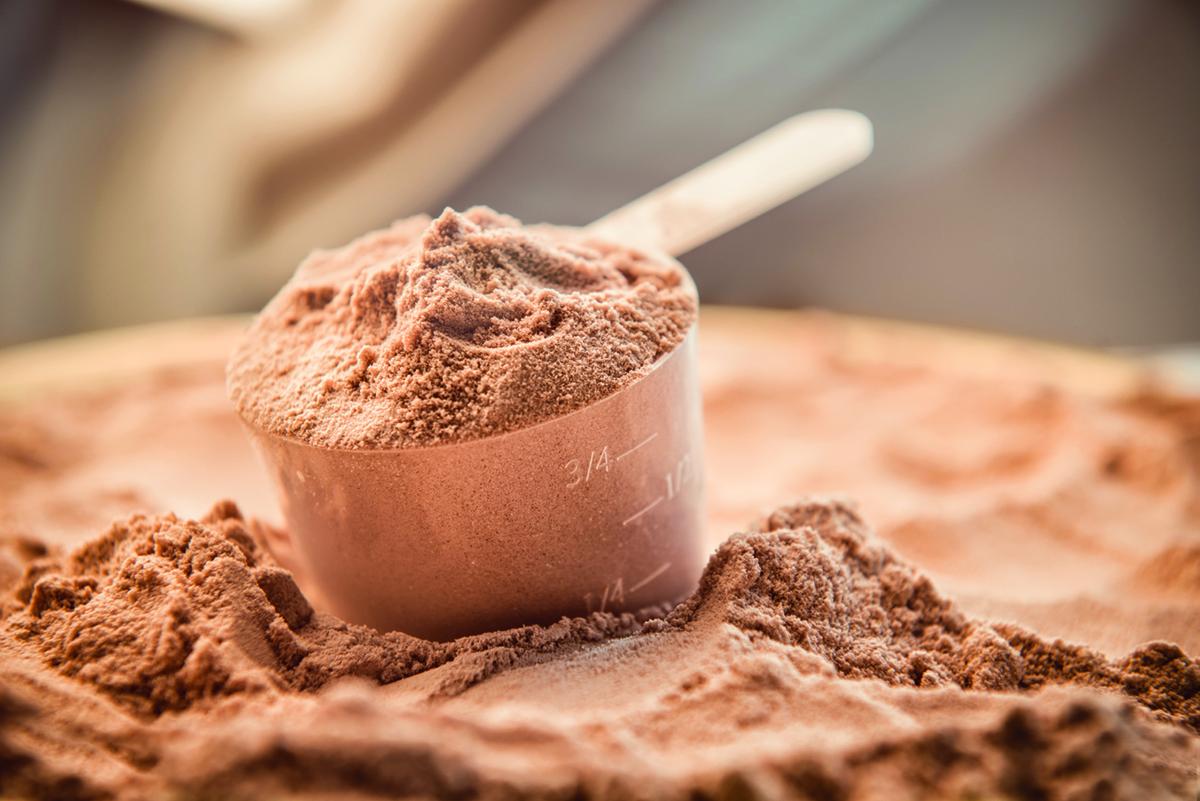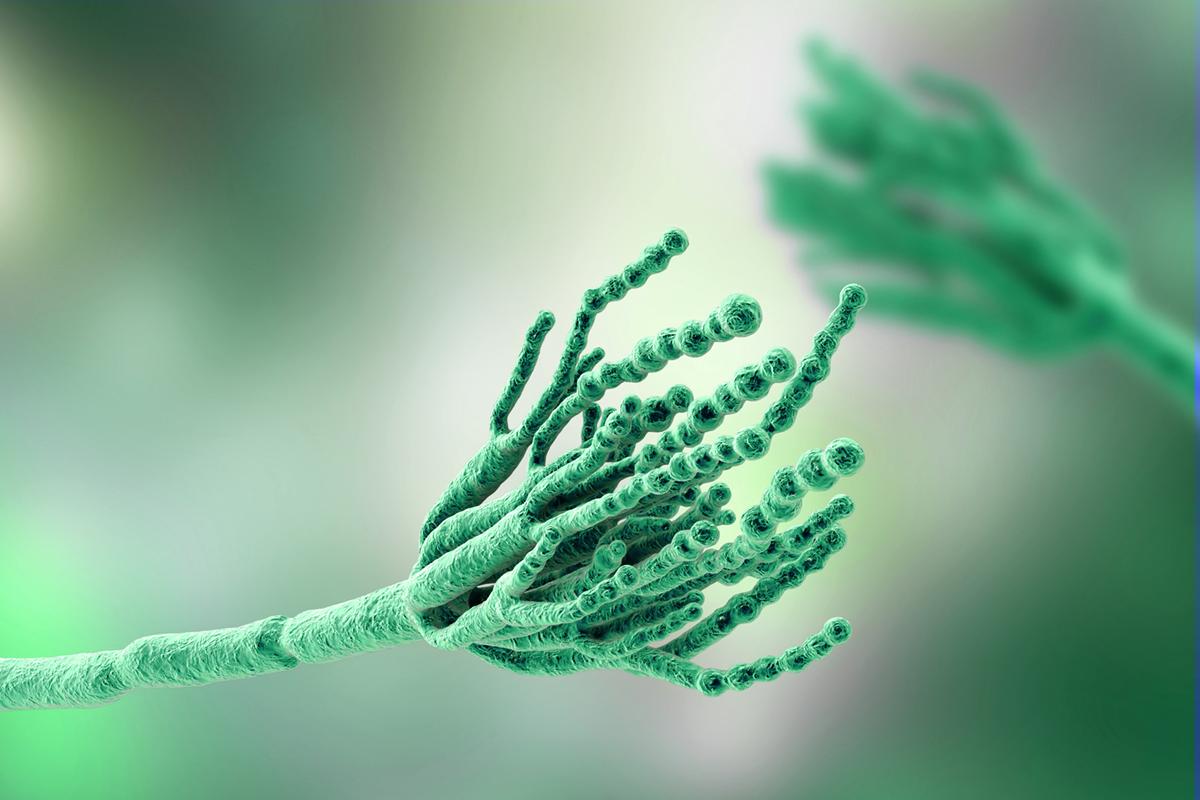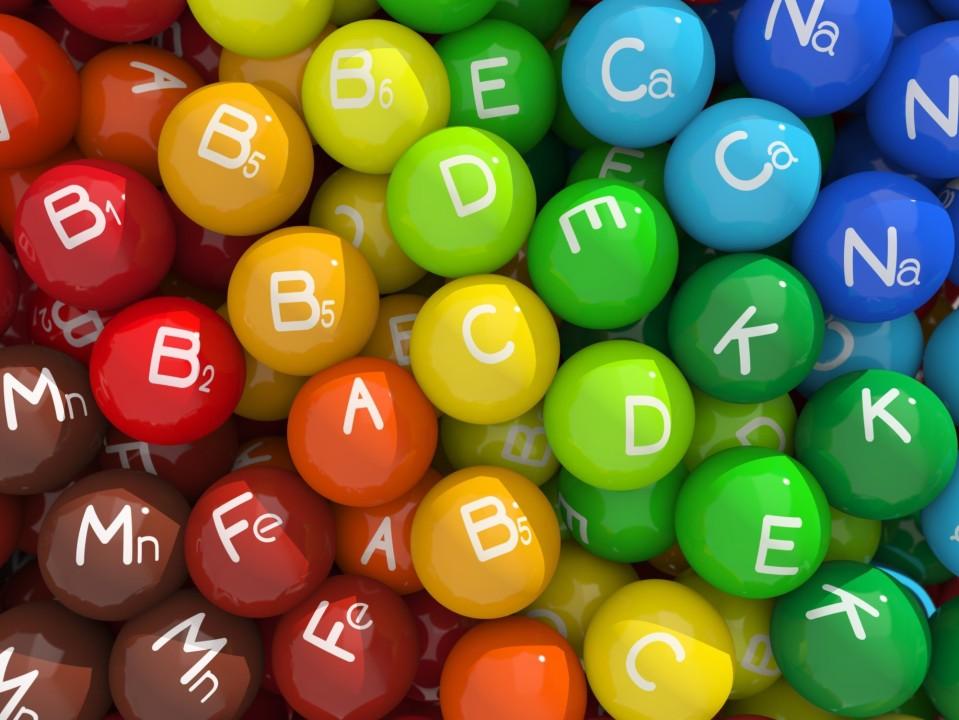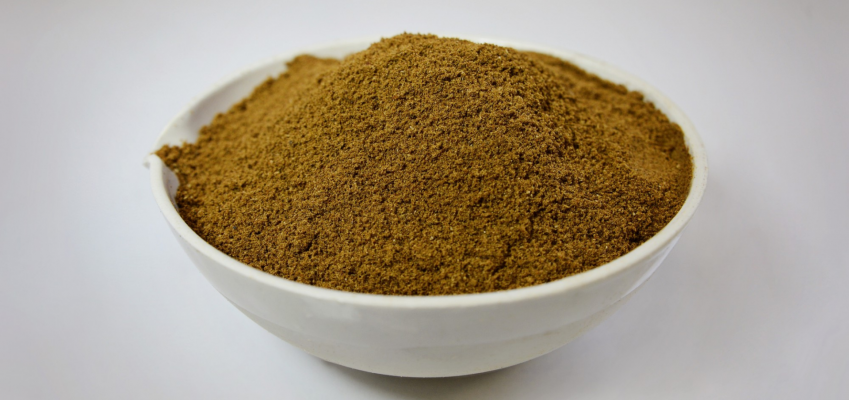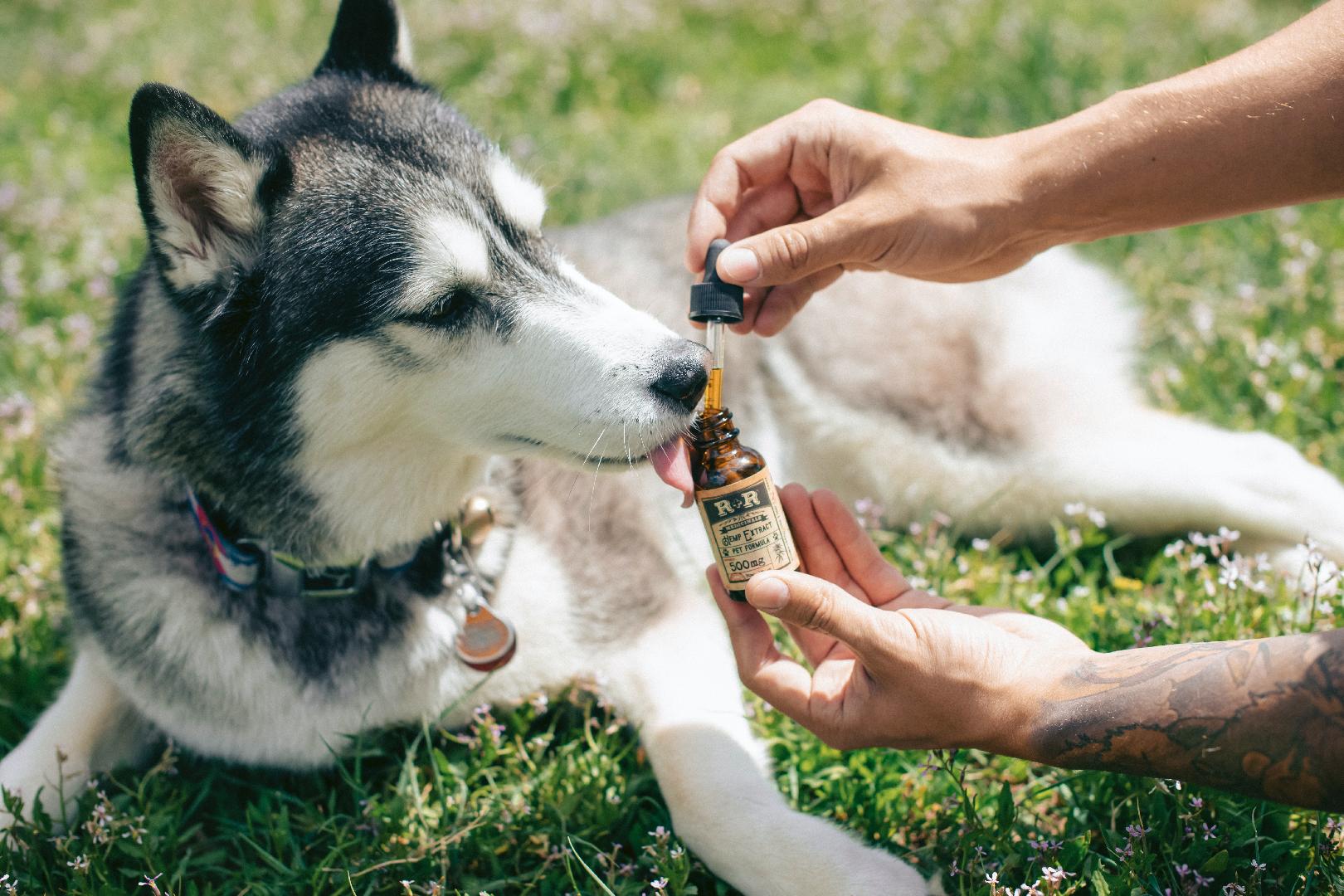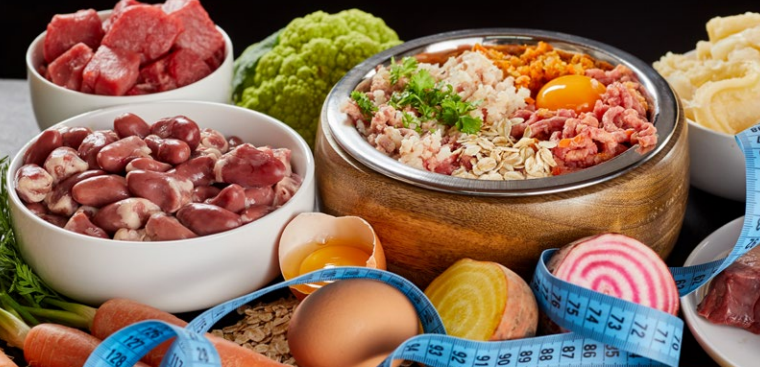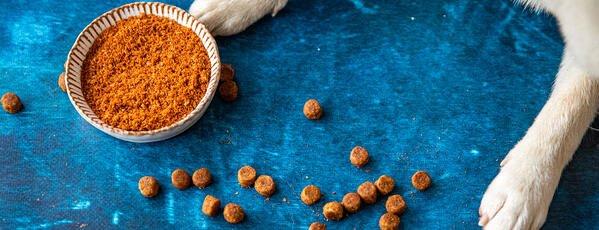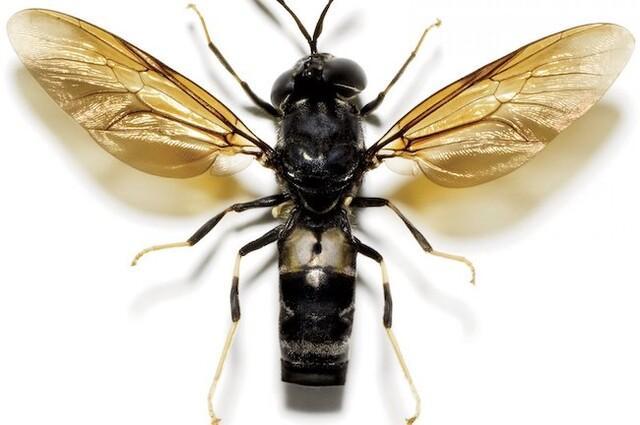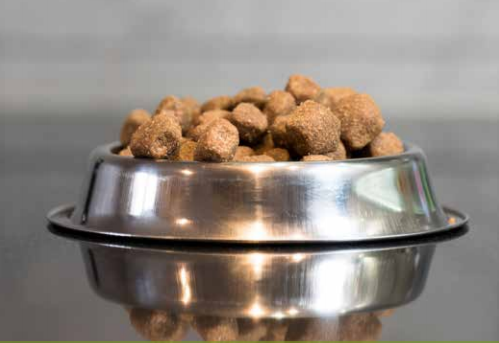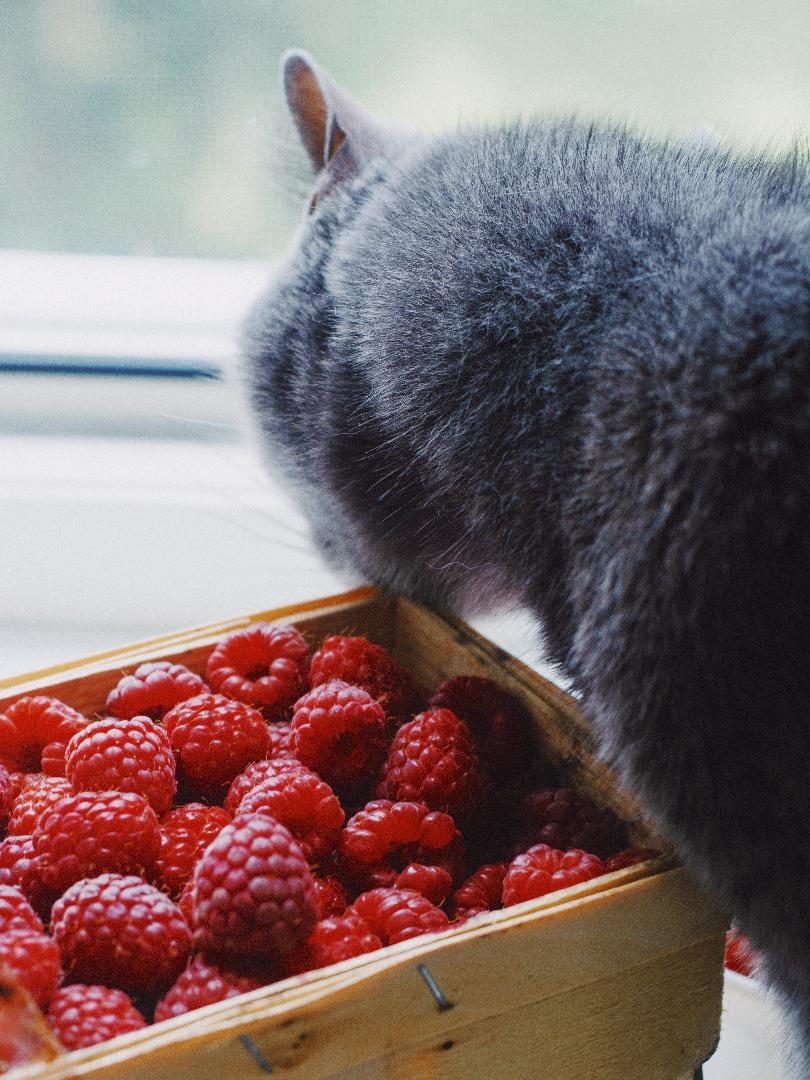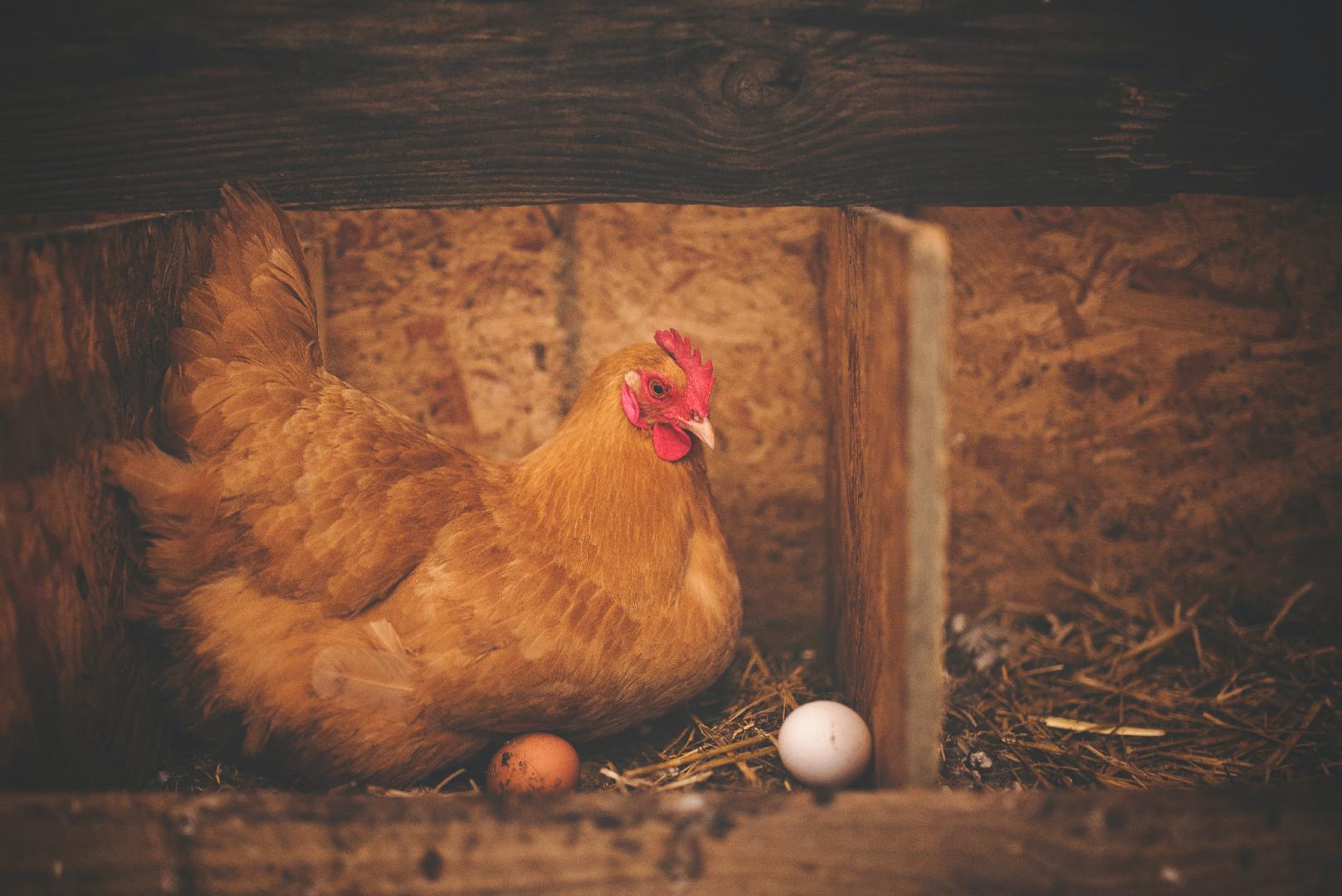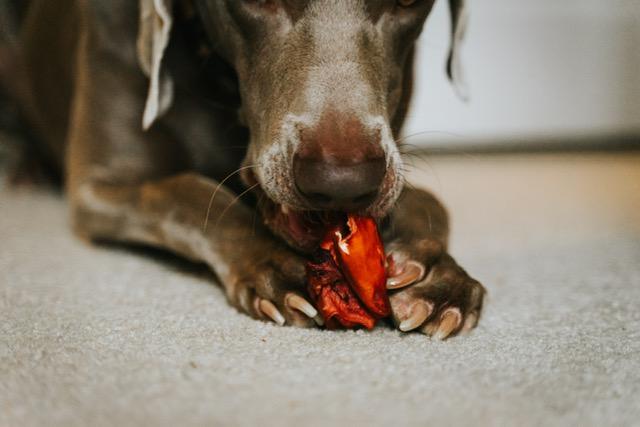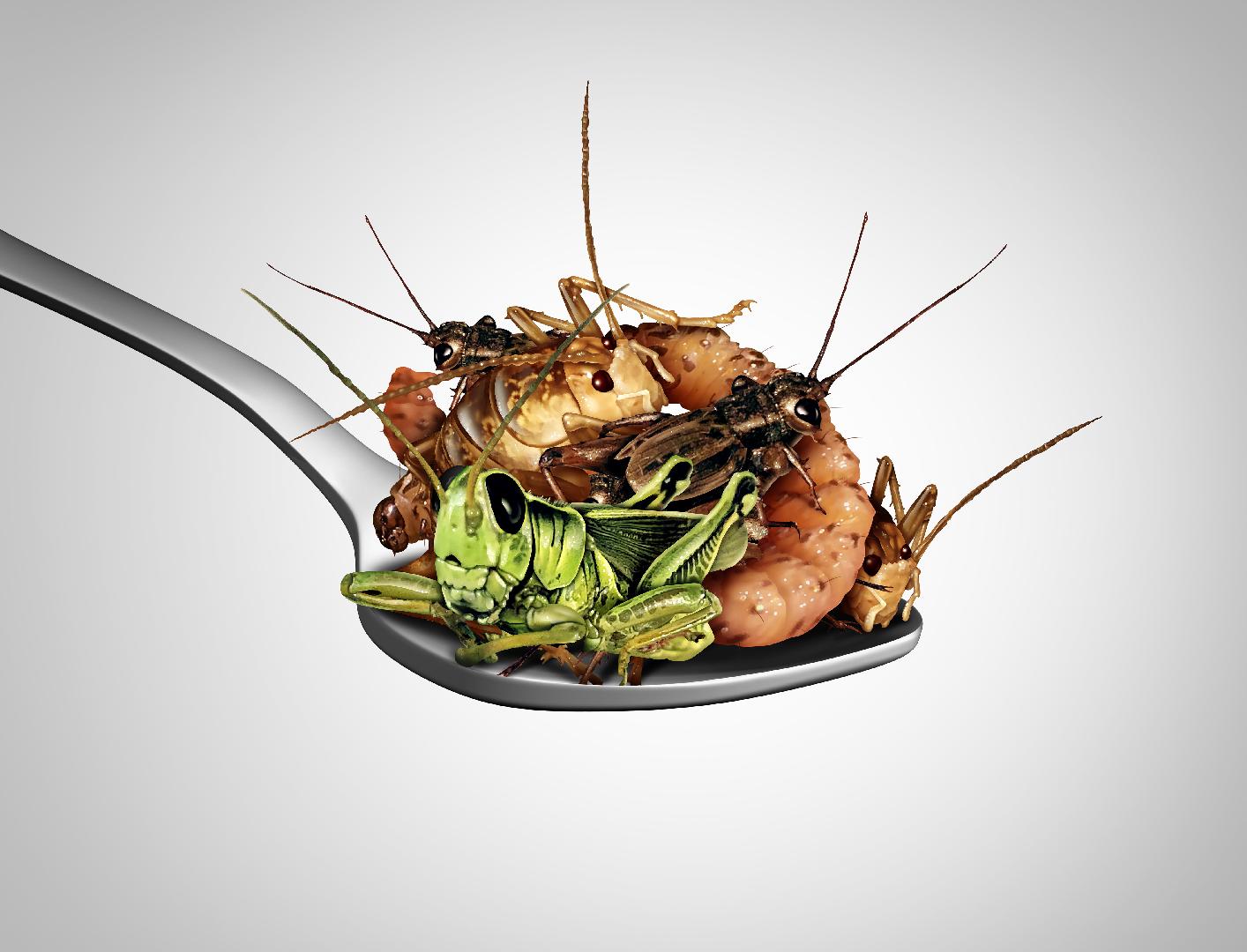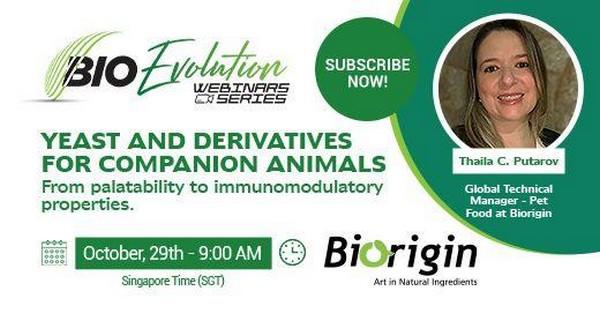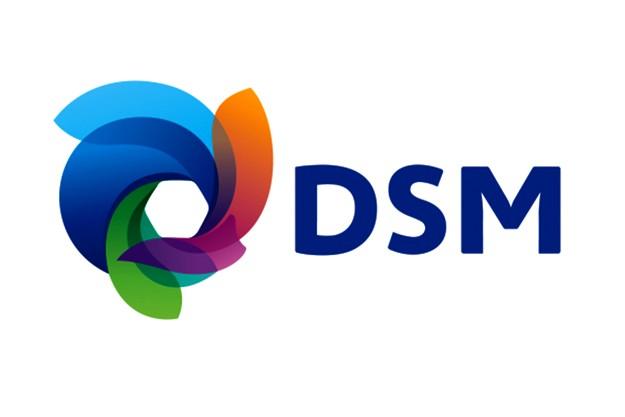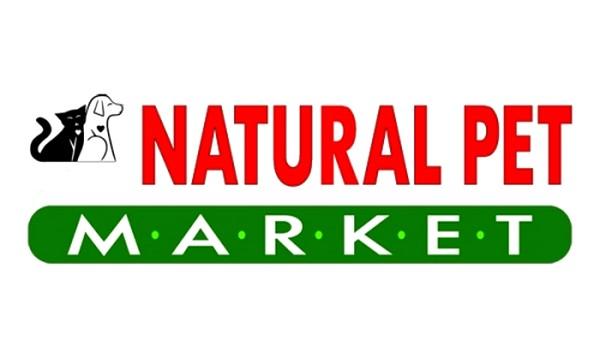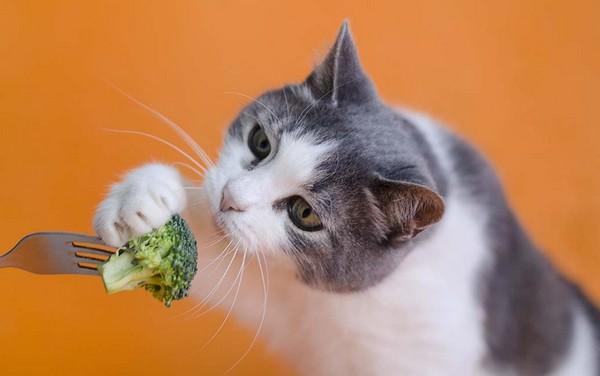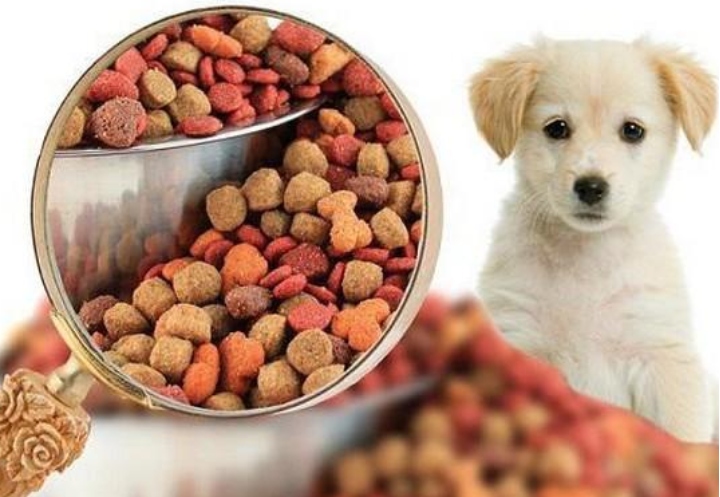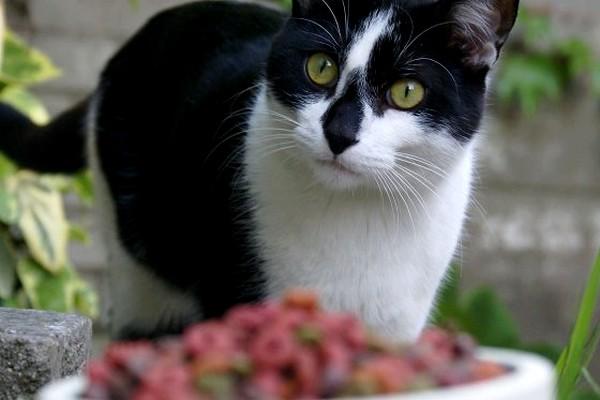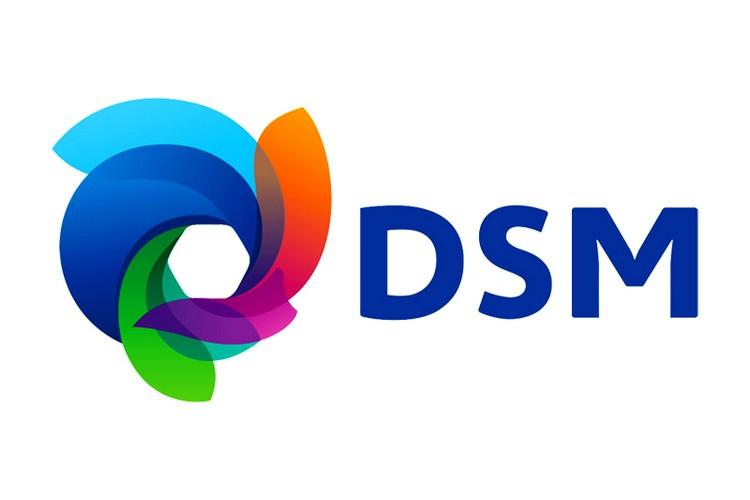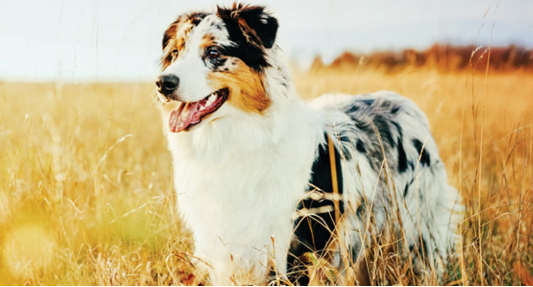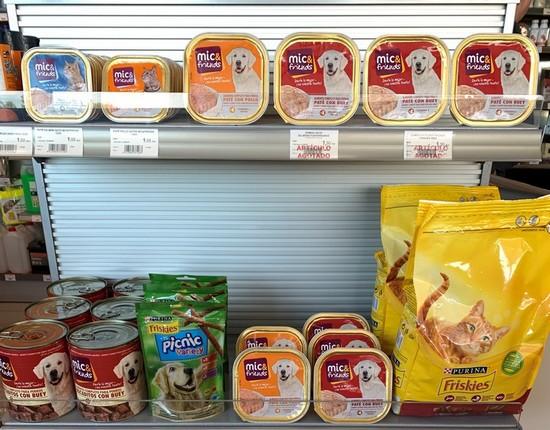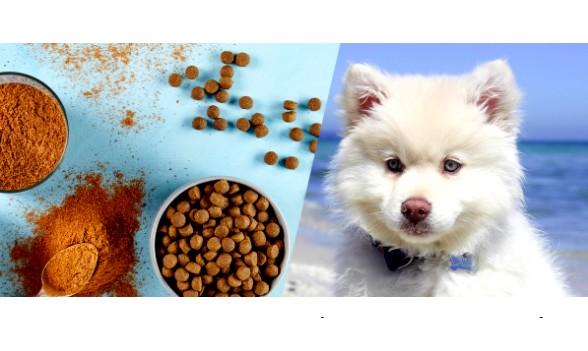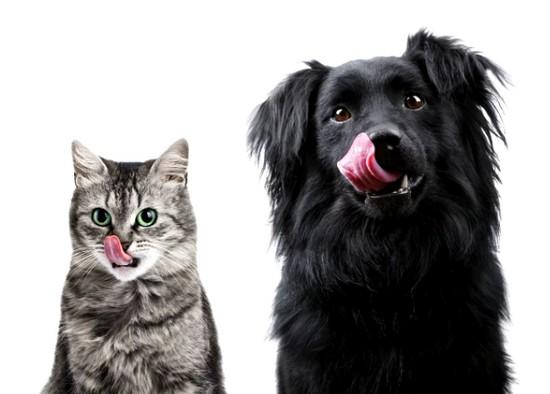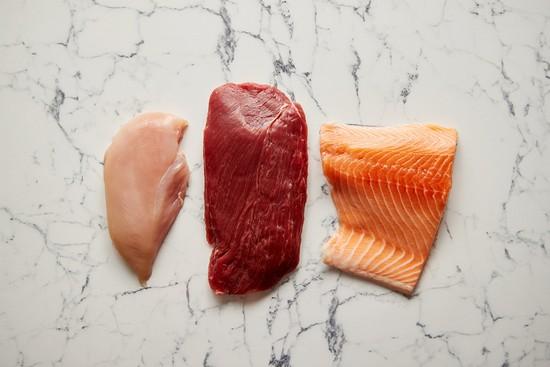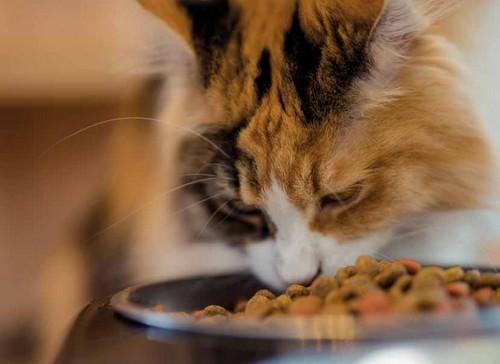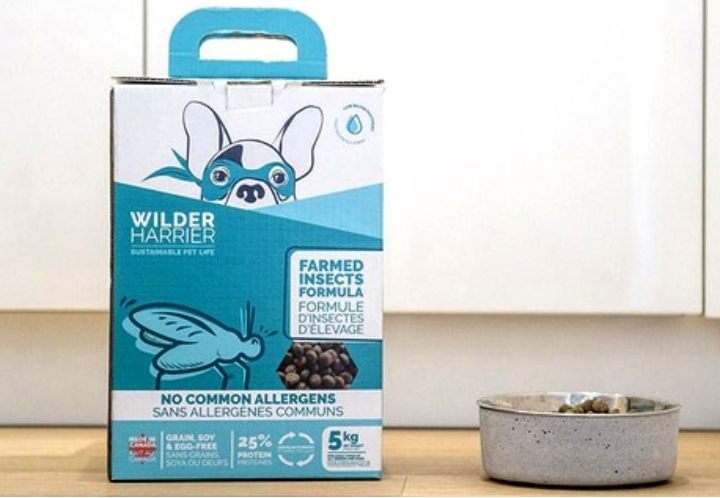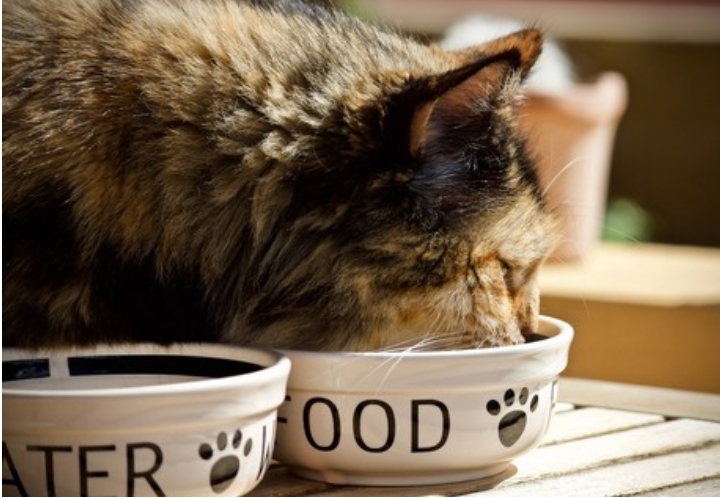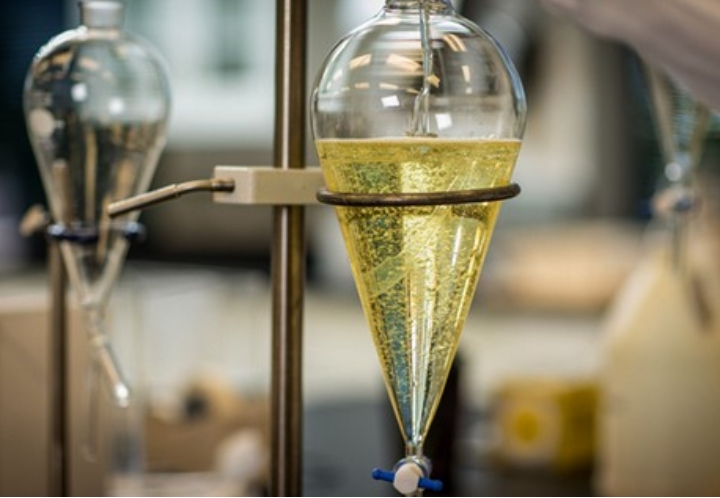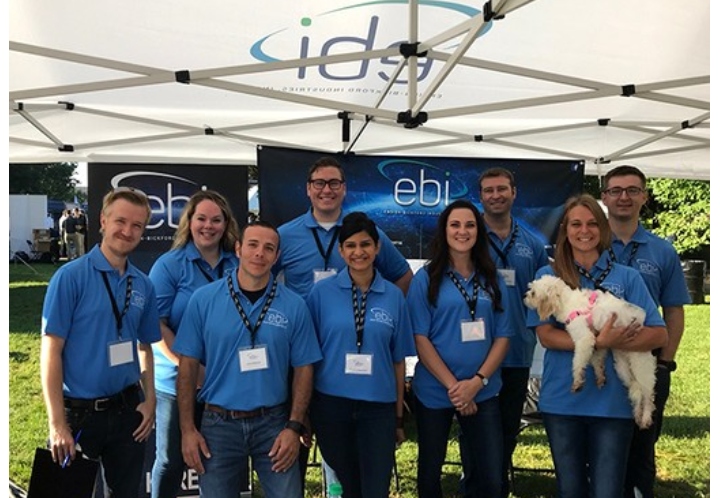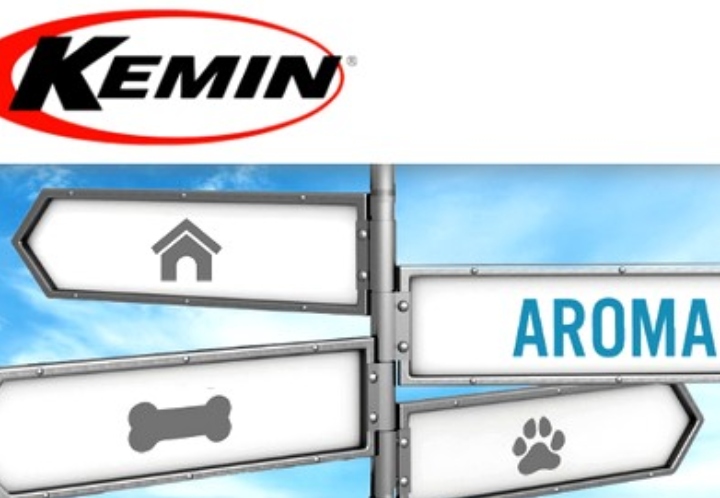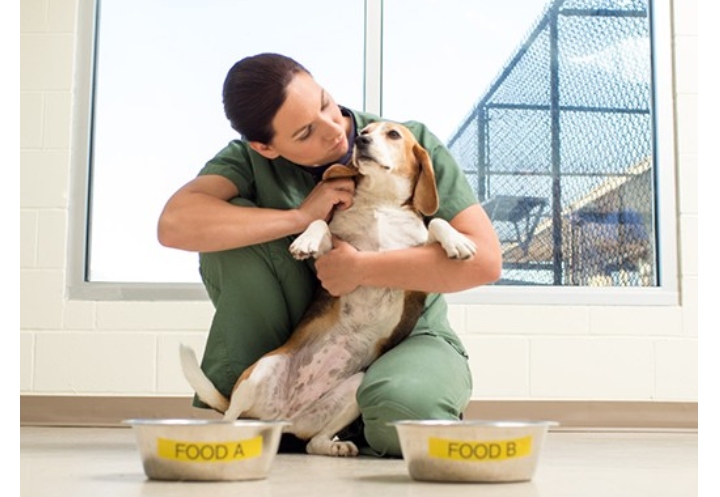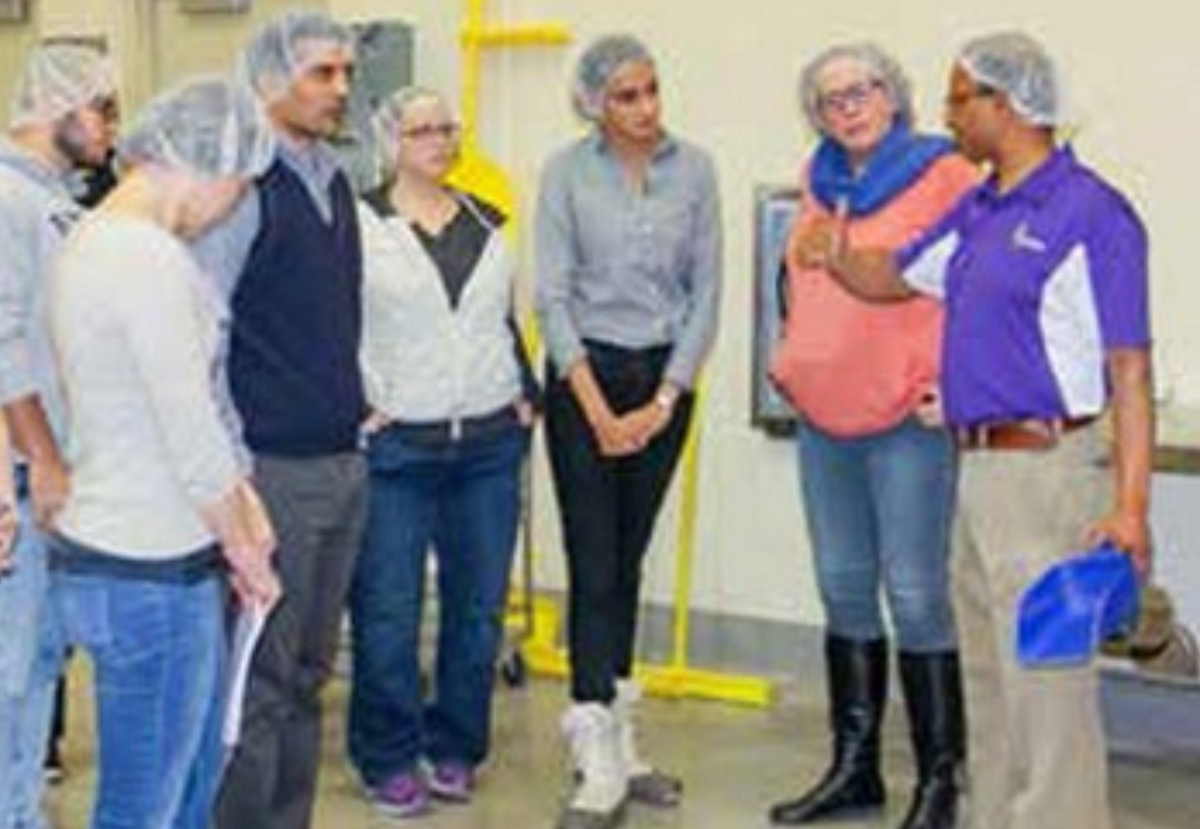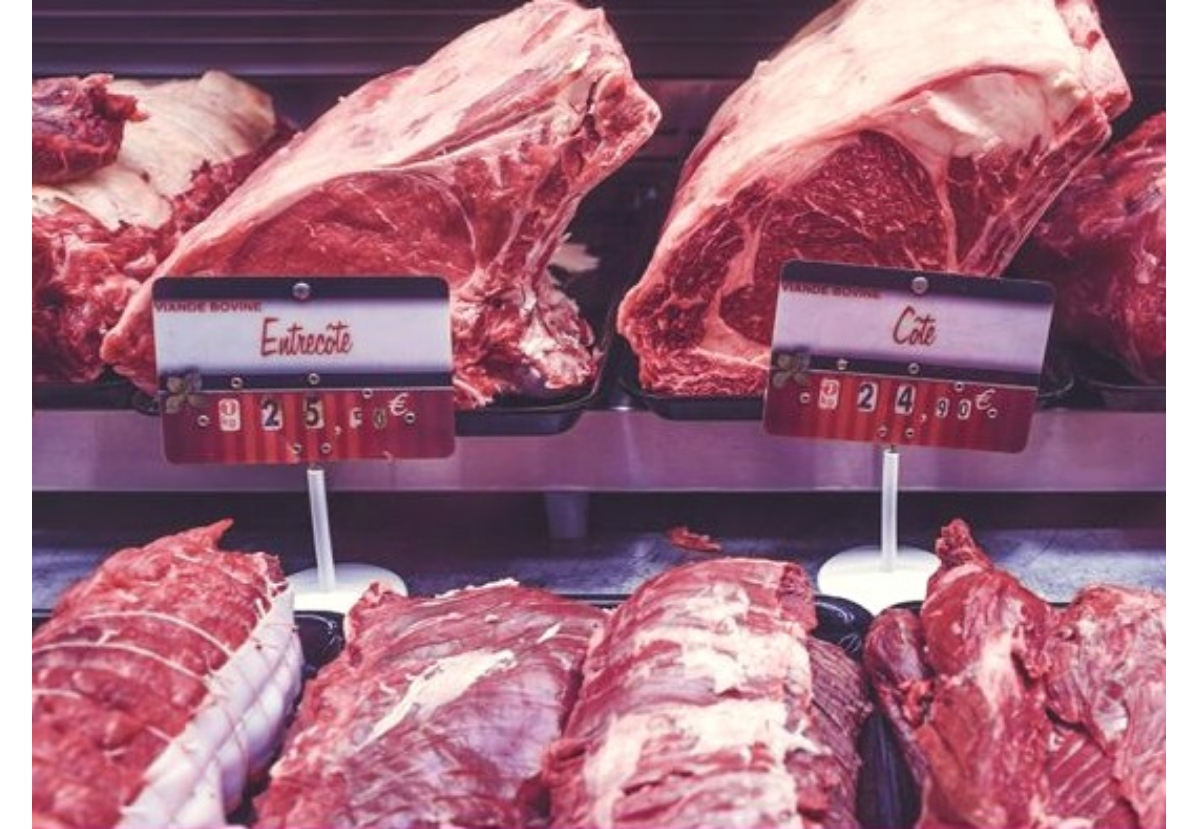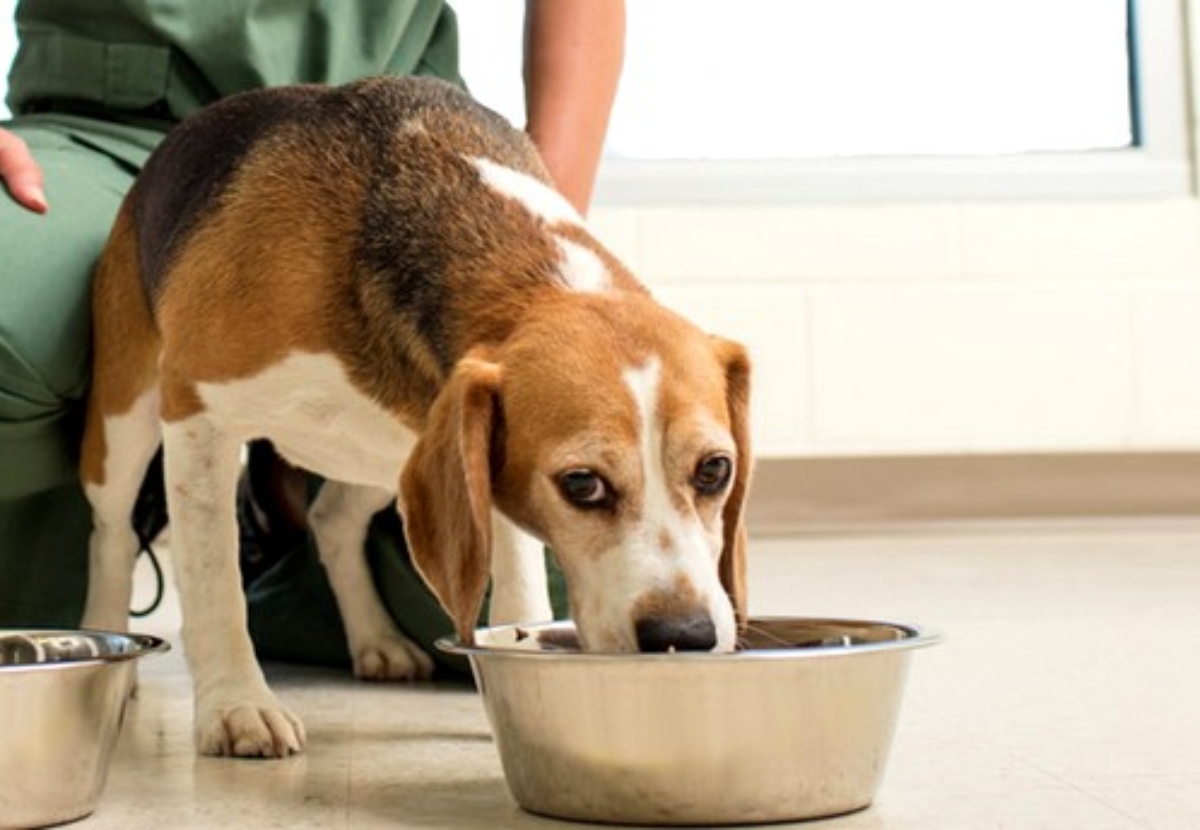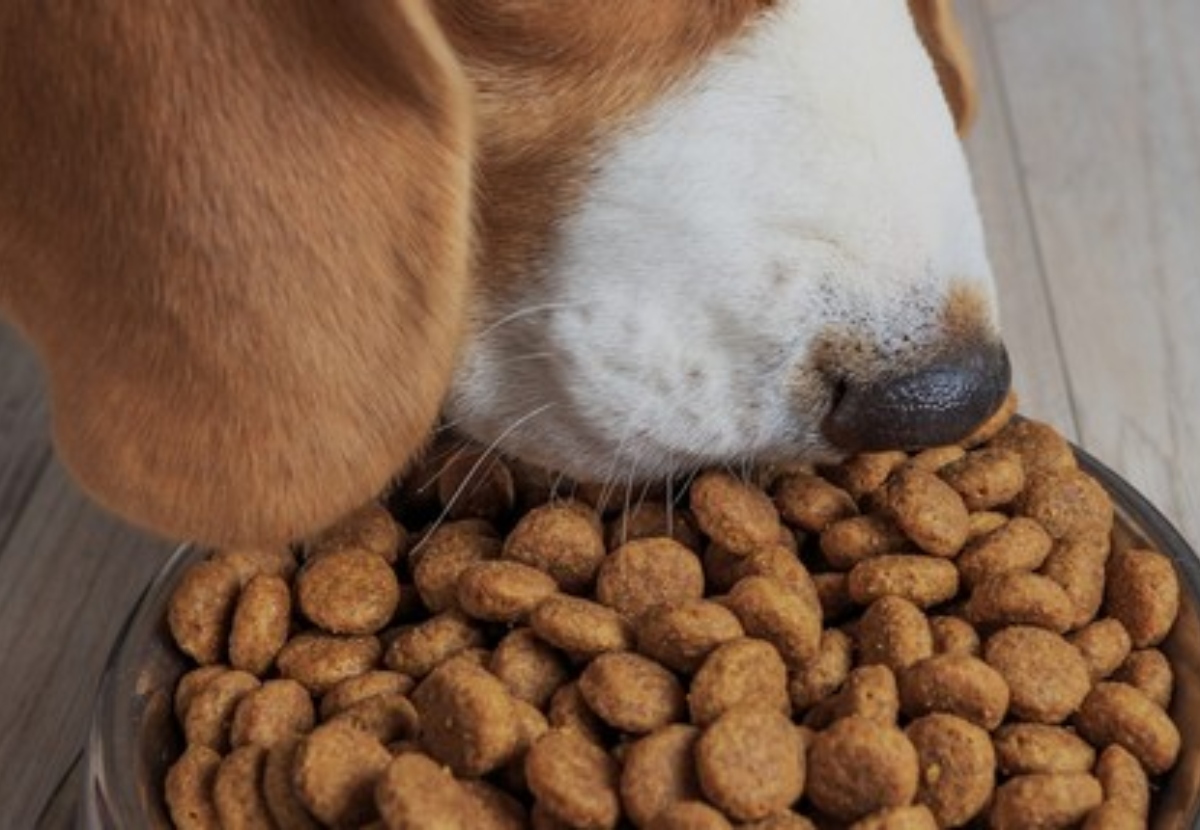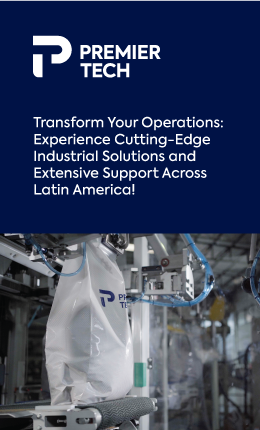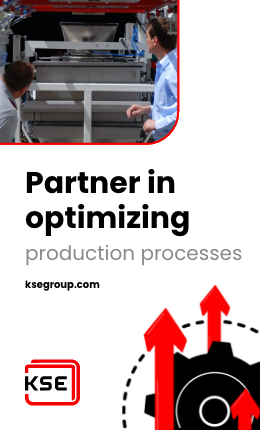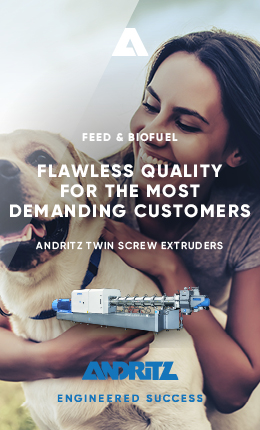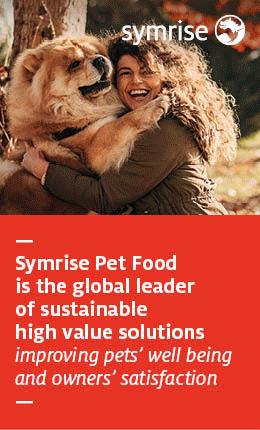
8+ MIN
04/10/2023
Poultry by-products from refrigerators as potential ingredients for pet nutrition
In 2022, Brazil slaughtered 6.1 billion birds, which corresponds approximately to a volume of 12.89 million tons of carcasses produced in inspected establishments (IBGE, 2023). Of these, 4.7 million tons of inedible fresh by-products are transformed into approximately 693.3 MT of poultry offal meal (HVA), 506.1 Mton. of poultry fat, 593.6 MT of feather meal and 118.2 thousand tons of blood meal, a process known as rendering (ABRA, 2021).
To transform these by-products into flour, these products are sent to specific processes. In the case of viscera, it must be processed the same day, or in a maximum of 24 hours, as regulated by the Normative Instruction 34/2008 of the Ministry of Agriculture. Thus, all the visceral content, not intended for human consumption, is transported from the slaughterhouse to the "fat plant" (the name given to the establishment responsible for recycling the material), also known as the "rendering plant."
The offal rendering process undergoes heat treatment in digesters, which cook the material until much of the water present in the fresh offal evaporates, reaching the frying stage. The total processing time is approximately 60 to 90 minutes, with greater variations, depending on the characteristics of the material processed. After this cooking time, the dough is unloaded in a place to extract part of the oil from the dough by gravity, known as a percolator. After, the dough is pressed to remove excess oil, then milled, and the process is completed, giving instead of poultry offal meal.
Figure 1: Production flow diagram of a "rendering plant."
In general, poultry offal meal is an excellent source of essential nutrients for non-ruminant animals, with 60 to 70% protein, considered a good quality protein because it has a good amino acid profile and digestibility, it is rich in minerals (calcium, phosphorus, potassium, iron) and contains an average of 10 to 14% fat, rich in omega-6 fatty acids.
However, due to the quality of the visceral raw material and the forms of processing, there are currently some classifications for poultry offal meal on the market, which are:
Standard viscera meal: a product resulting from the processing of poultry viscera that allows the inclusion of bone parts (heads and feet).
Meal of viscera with high ash: the product obtained with the inclusion of mechanically separated meat residues (CSM). It has a lower cost compared to other types, however, by presenting a high percentage of mineral matter, it limits the inclusion in the formula.
Low ash offal meal: a product composed solely of visceral material, where the inclusion of heads and legs is allowed, as long as it does not exceed the maximum level of mineral material allowed. It is highly sought after by the pet food industry due to its nutritional quality, and it has higher levels of inclusion in formulations.
Hydrolyzed viscera meal: a product obtained by adding enzymes (proteases) during the processing of the raw material, together with a controlled and less aggressive thermal process. Thus, with the application of proteases during the process, lysis occurs, which means the "breakdown" of proteins, releasing bioactive peptides that can benefit animals (McCalla et al., 2008). In addition to having other bioactive and functional properties such as antioxidant and ACE (angiotensin-converting enzyme) inhibitory activity, it is also widely used in hypoallergenic food formulations.
A study with hydrolyzed chicken protein in dogs with dermatitis problems showed a 63% reduction in secretions caused by allergy (Zhao et al., 1997). Cats fed the diet containing enzyme-hydrolyzed offal meal had lower serum angiotensin-converting enzyme (ACE) activity than those fed the conventional offal meal diet (Miltenburg et al., 2021).
Another factor that can interfere with the protein quality of poultry viscera and which few processing plants analyze is the heat treatment that the visceral material receives. If process time and temperature are not controlled, the protein can undergo oxidation and complexation of the thermosensitive amino acids with other nutrients. This makes them less available or even unavailable to the animal.
However, with the advancement of industrial technology, process control has been automated and is increasingly out of human control, which has contributed to reducing variations in the process, preventing each operator from determining their ideal process point. Therefore, if it is well processed, it is possible to improve the protein quality of poultry offal meals and increase the benefits that can be added, such as meal digestibility (table 1).
*In Vitro digestibility
Table 1. Digestibility values (%) of the flour depend on the processing
The temperature and processing time of poultry offal meal is high, and when foods are processed at high temperatures, a non-enzymatic browning and flavoring reaction occur, known as the Maillard reaction (Cramer et al., 2007; Venir et al., 2009), which makes possible the presence of Maillard reaction products in thermally processed flours. Therefore, it is important to identify and quantify which products and what are the effects of these products on animal health, whether harmful or beneficial.
Figure 2: Schematic representation of the Maillard reaction and formation of "flavor" melanoidins in foods.
Source: Tamanna and Nahmood, 2015.
One product of the Maillard reaction that has attracted attention for its beneficial effects on human nutrition is melanoidins. Melanoidins are high molecular-weight polymeric macromolecules originating in the last stage of the Maillard reaction. They give flavor, and texture and are responsible for the brown color of thermally processed foods (de la Cruz et al., 2019, Pérez-Burillo et al. 2020),).
In human nutrition, the prebiotic, antioxidant, antimicrobial, antihypertensive, anti-inflammatory, and even anticancer effects of melanoidins from various heat-treated foods have already been studied, and because it presents this variety of benefits, this compound has been considered a potential functional ingredient, despite having few studies in animal nutrition and none found in the nutrition of dogs and cats.
In a study (Aljahdali et al., 2020) which evaluated the impact of the consumption of barley malt melanoidins on the intestinal microbiota of mice, it was shown a decrease in pathogenic bacteria (Dorea, Oscillibacter, Alisitpes) and a predominance of beneficial bacteria (Lactobacillus, Parasutterella, Akkermansia, Bifidobacterium), suggesting a remarkable prebiotic potential of the melanoidins present in the ingredient. Another study (Serran et al., 2018) evaluated the presence of melanoidins in fish diets, which presented an increase in the postprandial antioxidant capacity of blood plasma.
There is a large number of by-products that have more or less underutilized melanoidins, such as coffee residues, distilled cane bagasse, sugar cane molasses, brewery waste, and other ingredients, which are exposed to thermal processes such as poultry entrails meal. However, what remains is to quantify these melanoidins and study their effects on animal health, since what is known is that the products of the Maillard reaction have been attributed a decreased nutritional quality effect due to lower protein digestibility and particularly advanced glycation end products, which have been associated with health problems and diseases such as aging, diabetes, and atherosclerosis.
Yet, melanoidins are high molecular weight polymers resistant to digestion, which reach the colon and are fermented by local bacteria. Due to this fiber-like effect, dietary melanoidins are associated with prebiotic properties (Morales et al., 2012; Tagliazucchi and Bellesia, 2015).
Recently, in a pilot study at the State University of Maringá (UEM), laboratory analysis was carried out to verify the number of melanoidins in a residue from the HVA process, and a concentration of 113.68 mg/g was found in this melanoidins residue. The result aroused interest in learning about the effects of melanoidins from meal processing on pet nutrition.
The first test was related to palatability and acceptability, for this a palatability test was carried out in cats using the two-recipient method, in which the diet containing melanoidins presented greater palatability, a result observed by the Intake Index, which is the proportion of consumption of food A concerning food B. In this test, the animals consumed 68% of the food (Figure 3) with more melanoidins in relation to the control food without melanoidins, where consumption was at a rate of 32%.
Figure 3: Palatability test of ingredients with melanoidins (CN = negative control).
Given the acceptance by the animals, the next stage of the study will be to produce poultry offal meals under controlled process conditions, changing only the process temperature to determine the effect on the formation of melanoidins (Figure 4), the preference for animals, and effects related to intestinal health.
Figure 4: Stages of research with melanoidins in HVA.
With this study, it will be possible to characterize the effects of melanoidins in poultry offal meal on pet nutrition and include in their composition their percentage of melanoidins, which, in addition to being an accessible and good-quality ingredient for the pet food sector, it can increase the benefits of this ingredient, characterizing it as bioactive offal meal, when the level of melanoidins present is reported.
Por: Msc. Josiane Aparecida Volpato
Fuente: All Pet Food Magazine
Bibliographic references:
Aljahdali, N., Gadonna-Widehem, P., Anton, P.M., Carbonero, F. Gut Microbiota Modulation by Dietary Barley Malt Melanoidins. Nutrients. V. 12. 2020. doi:10.3390/nu12010241
Bellagamba, F., Caprino, F., Mentasti, T., Vasconi, M., Moretti, V.M. The impact of amino acid processing/racemization and protein quality in processed animal proteins of poultry origin. Italian Journal of Animal Science. V. 14. 2015.
Cramer, K.R., Greenwood, M.W., Moritz JS, et al. Protein quality of various raw and processed by-product meals commonly incorporated into companion animal diets. J Anim Sci. V.85, p.3285–3293. 2007.
de la Cruz, S.T., Iriondo-DeHond, A., Herrera, T., Lopez-Tofiño, Y., Galvez-Robleño, C., Prodanov, M., Velazquez-Escobar, F., Abalo, R., del Castillo, M.D. An Assessment of the Bioactivity of Coffee Silverskin Melanoidins. Foods. Vol. 8. 2019.
Instituto Brasileiro de Geografia e Estatística (IBGE). 2023. Pesquisa Trimestral do Abate de Animais. Disponível em: https://biblioteca.ibge.gov.br/index.php/biblioteca-catalogo?view=detalhes&id=73087. Acessado em: março, 2023.
McCalla, J., Waugh, T., Lohry, E. Protein Hydrolysates/Peptides in Animal Nutrition. In: Protein Hydrolysates in Biotechnology pp 179–190. Chapter 10. 2008.
Miltenburg, T.Z., da Silva, M.U., Bosch, G., Vasconcellos, R.S. 2021. Effects of enzymatically hydrolysed poultry byproduct meal in extruded diets on serum angiotensin-converting enzyme activity and aldosterone in cats, Archives of Animal Nutrition, 75:1, 64-77, DOI: 10.1080/1745039X.2020.1849899
Morales, F. J., Somoza, V., & Fogliano, V. Physiological relevance of dietary melanoidins. Amino Acids. V.42, p.1097–1109. 2012. doi.org/10.1007/s00726-010- 0774-1.
Organização das Nações Unidas para Agricultura e Alimentação (FAO). 2023. Gateway to poultry production and products. Disponível em: https://www.fao.org/poultry-production-products/production/en/. Acessado em: março, 2023.
Pérez-Burillo, S., Rajakaruna, S., Pastoriza, S., Paliy, O., Angel Rufian-Henares, J. Bioactivity of food melanoidins is mediated by gut microbiota. Food Chemistry. V.316. 2020.
Ribeiro, L.B.; Bankuti, F.I.; Silva, M. U.; Ribeiro, P. M.; Silva, J. M.; Sato, J.; Bortolo M.; Vasconcellos, R.S. Oxidative stability and nutritional quality of poultry by-product meal: An approach from the raw material to the finished product. Animal Feed Science and Technology, v.255. 2019.
Serran, X., Hernándeza, A.J., Morales, G., et al. Effects of dietary melanoidins on digestive physiology, nutrient digestibility and plasmatic antioxidant capacity of the rainbow trout Oncorhynchus mykiss. Aquaculture. V. 495, p. 153-160. 2018.
Tagliazucchi, D.; Bellesia, A. The gastro-intestinal tract as the major site of biological action of dietary melanoidins. Amino Acids. V. 47, p. 1077-89. 2015.
Tamanna, N.; Niaz, M. Food processing and Maillard reaction products: effect on human health and nutrition. International Journal of Food Science, v. 2015, p. 1-5, 2015.
Venir, E., Pittia, P., Giavon, S., Maltini, E. Structure and water relations of melanoidins investigated by thermal, rheological, and microscopic analysis. Int J Food Prop 12:819–833.
Volpato, J.A., Ribeiro, L.B., Torezan, B.G., da Silva, I.C., Martins, I.O. Francisco, J.C.P., Genova, J.L., de Oliveira, N.T.E., Carvalho, S.T., Carvalho, P.L.O., Vasconcellos, R.S. Determinant production factors to the in vitro organic matter digestibility and protein oxidation of poultry by-product meal. Polutry Science. V. 102. 2023.
ZHAO, X. et al. Nutrient Requirements and Interactions and Degree of Protein Hydrolysis 1, 2. n. March, p. 2350–2356, 1997.







































